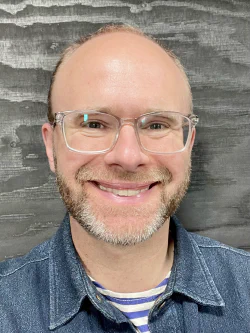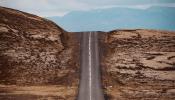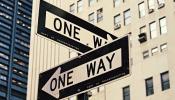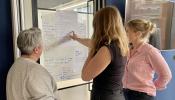Berlin 2025
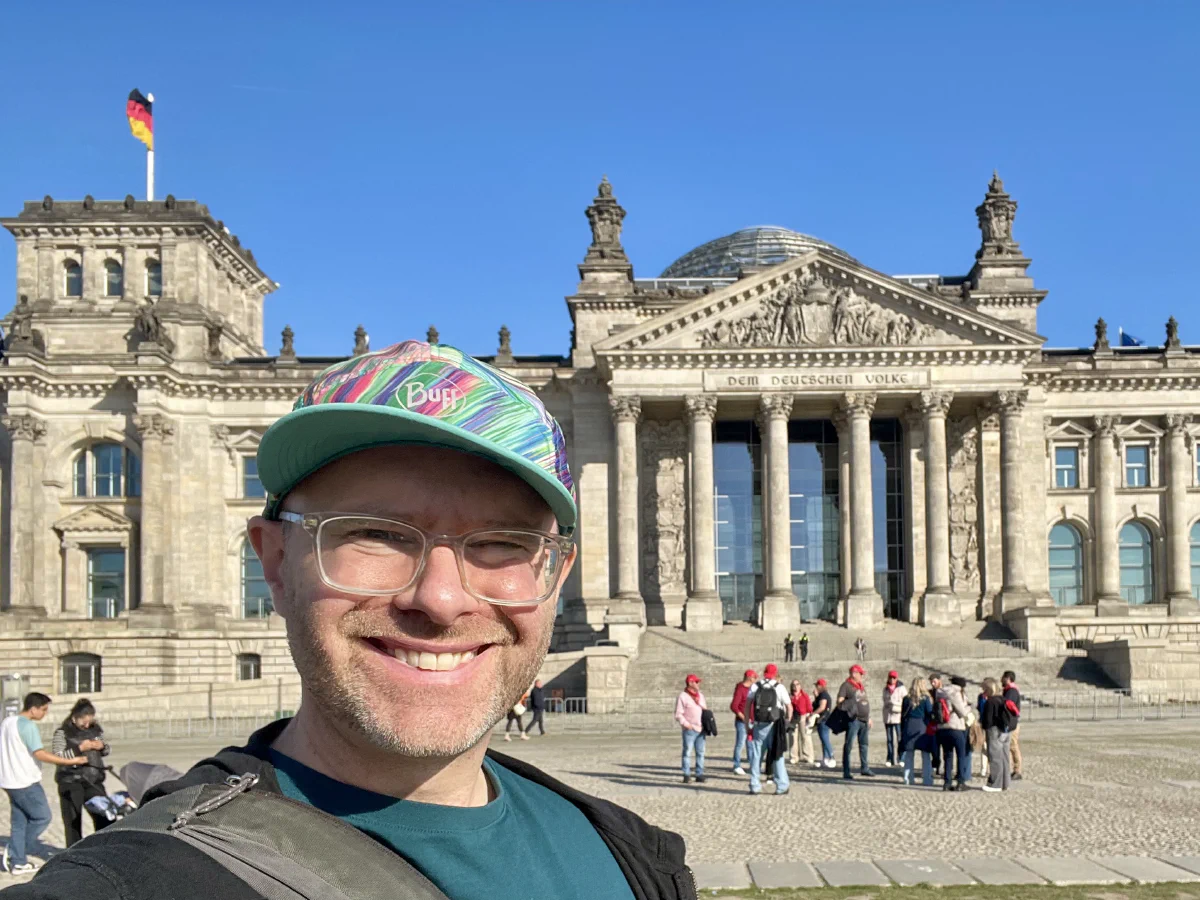
I recently visited Berlin to run a workshop with a client. I took the opportunity to go a few days early and enjoy one of my favourite cities.
On previous visits I’ve:
- Danced until dawn at Berghain
- Seen a wonderful avant garde dance performance by Yumiko Yoshioka at Dock 11
- Floated at the Liquidrom while listening to Yngwie Malmsteen-inspired trance music
- Been moved at the Jewish Museum
- Watched Moby DJ in the bottom of the (empty) pool at Stattbad
- Danced at the KitKat Klub despite my lack of fetish gear
This time, I took a more relaxed approach but still had a blast.
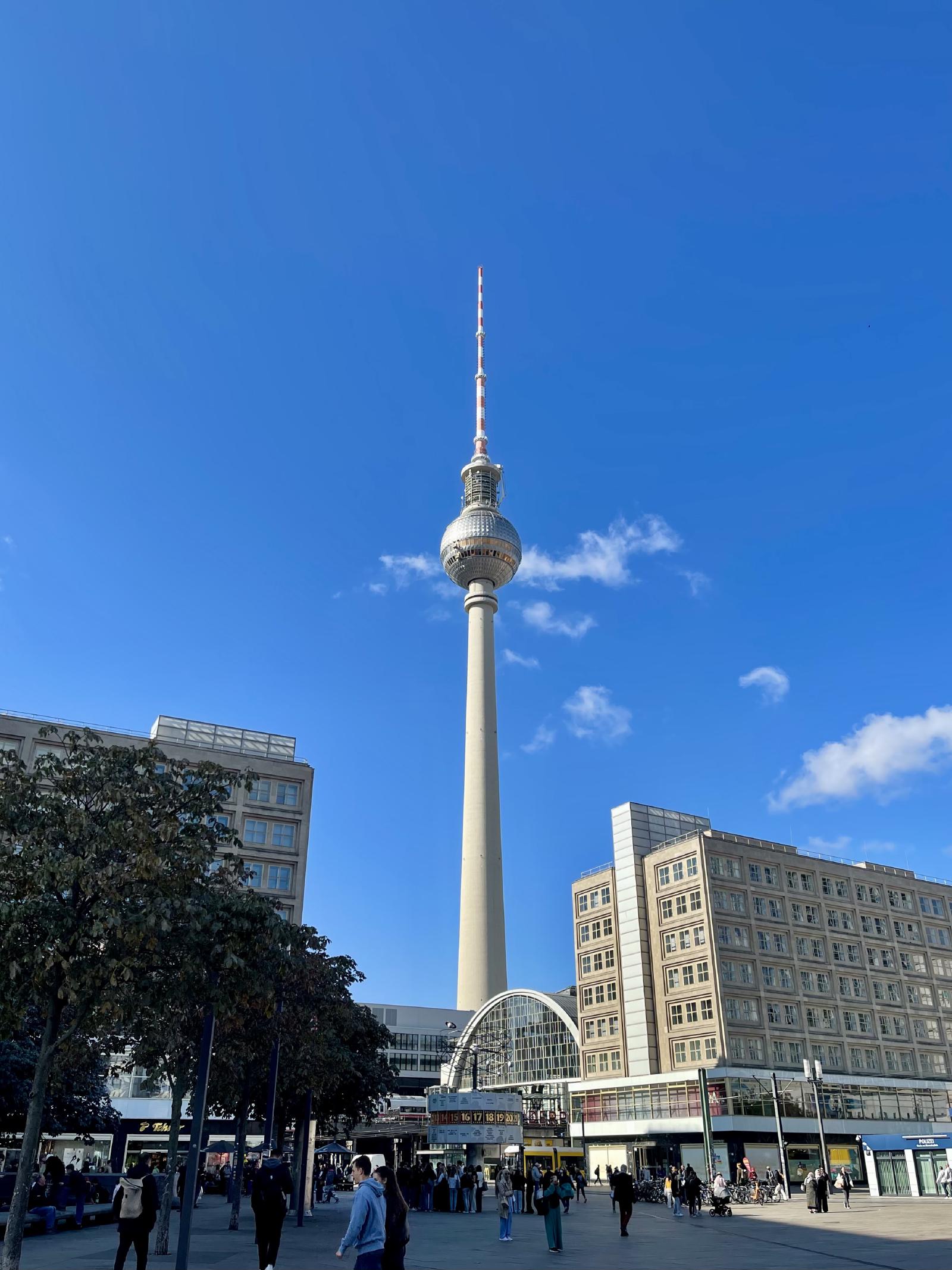
Friday
I arrived Friday afternoon and took the S-Bahn into the city.
I sat across from a woman wearing a magenta hat saying “make it possible”. This became the motto of my trip.
I checked into my hotel in northeast Mitte and, based on a recommendation from Olivia Jack via a live coding community I belong to, I walked to Panke Gallery. They were having a live coding event on Tuesday which I couldn’t attend since it was after my return flight.
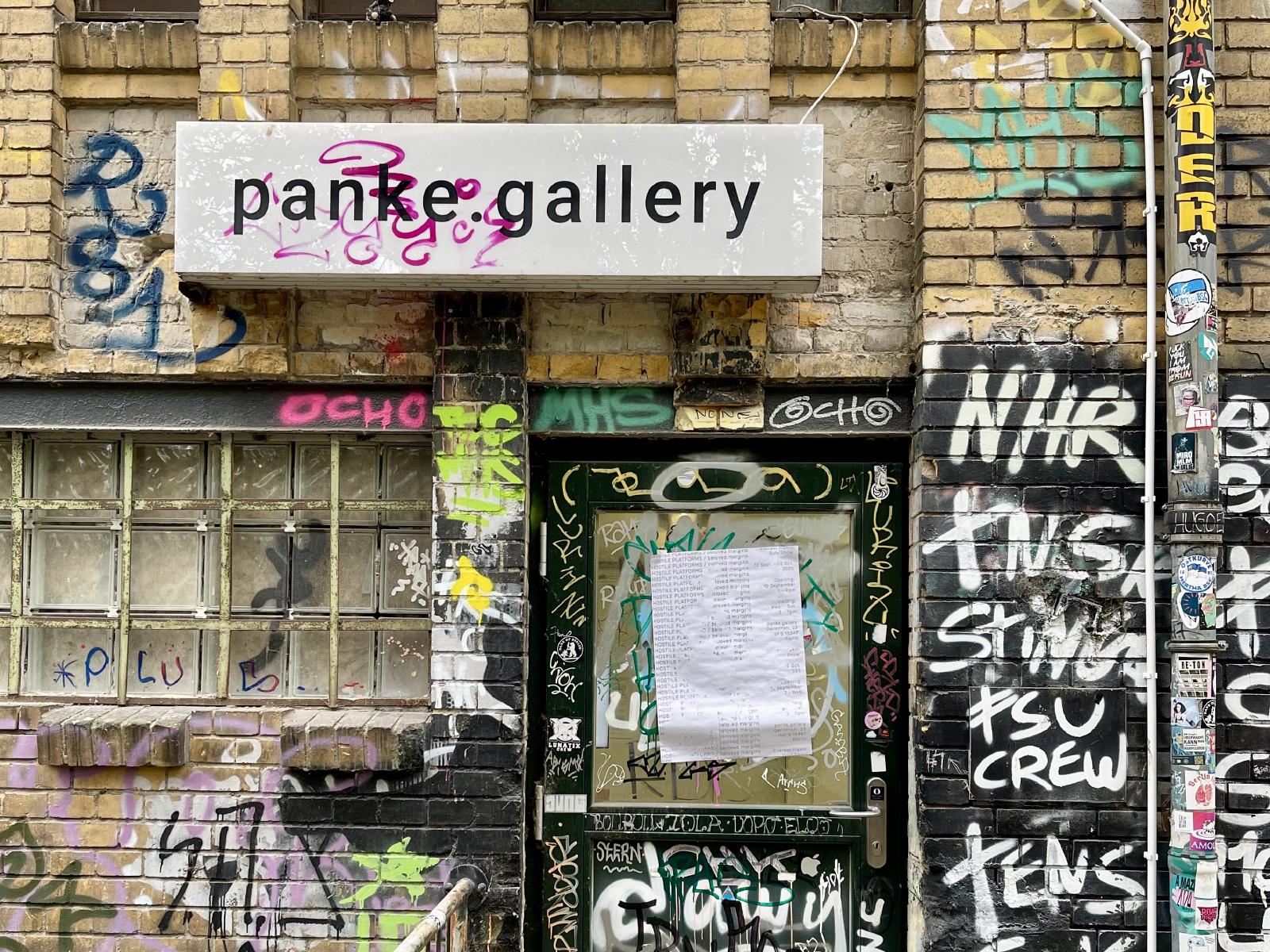
But while I was there, I enjoyed their show Hostile Platforms / Beloved Margins with work by Everest Pipkin about Roblox and place-making, etc.
After Panke Gallery, I walked to Savvy Contemporary where they had a show about remittance, migration, and cultural flows called Close to Home.
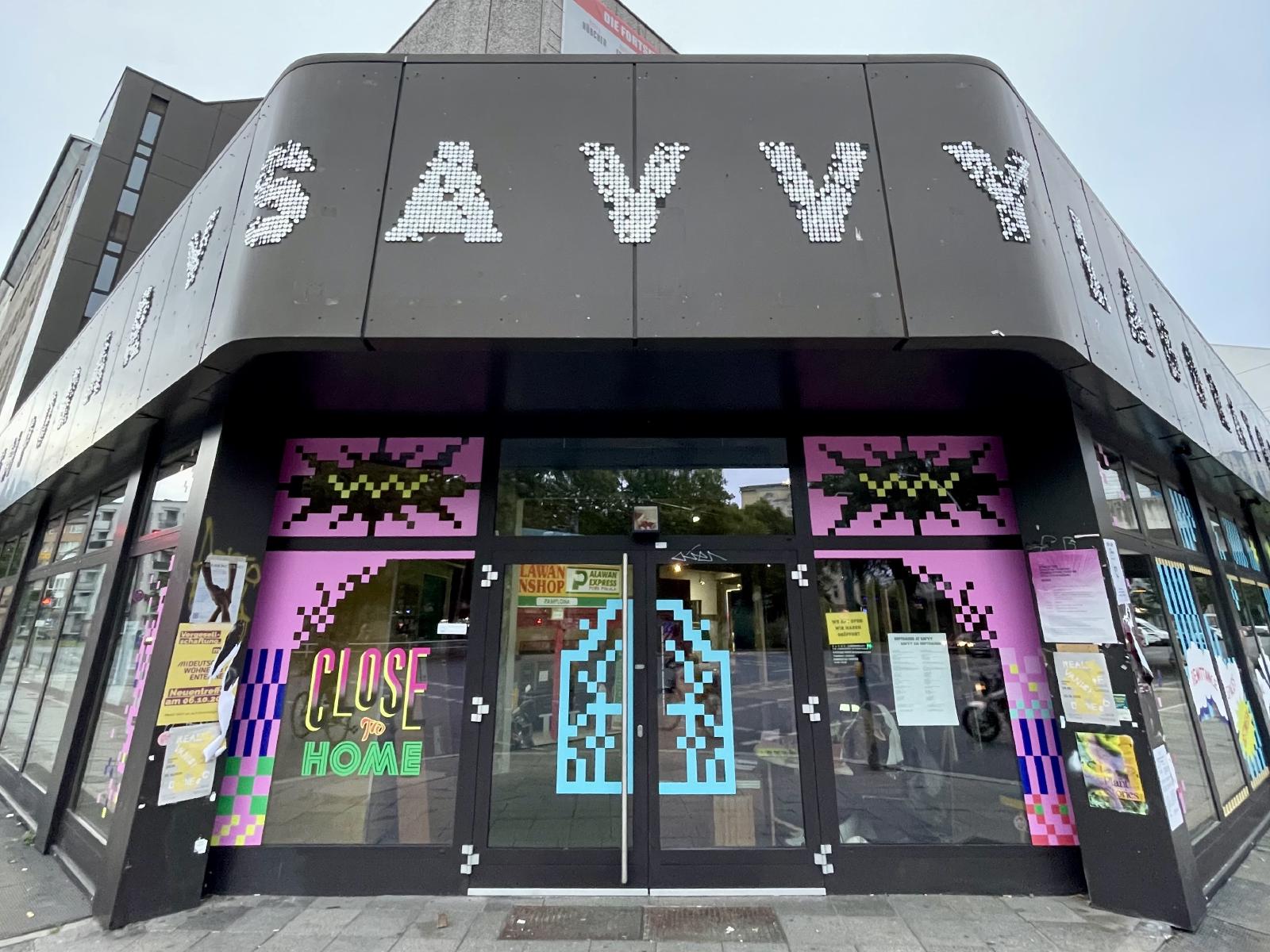
My two favourite pieces were the “Artist Wallidency” by Van Bo Le-Mentzel where the arist created an entire living space inside a moveable gallery wall with space to read and study, sleep, and prepare meals. It was designed as an homage to the artist’s aunt, Co Hanh Ngo, a Buddhist nun who lived in a tiny space in the who lived in a tiny room in the Vien Giac Pagoda in Hanover until her death with just a kettle to make all her own meals.
My other favourite piece was “imaginaries-digital.info” by Turkish-German artist, Canan Öztekin. The piece is a “digital essay”, a panoply of images, videos, audio files, and texts exploring various aspects of landscape: absence, myth, innocence, ghost, ideology, and artefact.
I took the U-Bahn back towards the centre of town stopping at the new Am Tacheles, Yiddish for “Straight talking”. Sadly the thrumming, punk-rock-blasting, multi-level, graffiti-covered sculpture park and artist squat that I visited in 2004 has been emptied, bulldozed, and replaced with a gleaming yet rather anodyne shopping centre/office/apartment complex designed by Herzog and de Meuron.
The basement has a REWE supermarket. I availed myself of the salad bar and sat in the courtyard to eat.
Nearby, a couple was drinking, snacking, necking, & listening to schlager music including hits like Maite Kelly and Roland Kaiser’s “Warum hast Du nicht nein gesagt?” (“Why did you not tell me no?”) and the classic “99 Luftballons” by Nena.
After dinner I stuck my head into a little cafe where a jazz quartet was playing. Drums, bass, sax, guitar. It was great hearing some live music in a tiny venue.
I had enough respect for them to not take a video. But not enough to prevent me taking a photo.
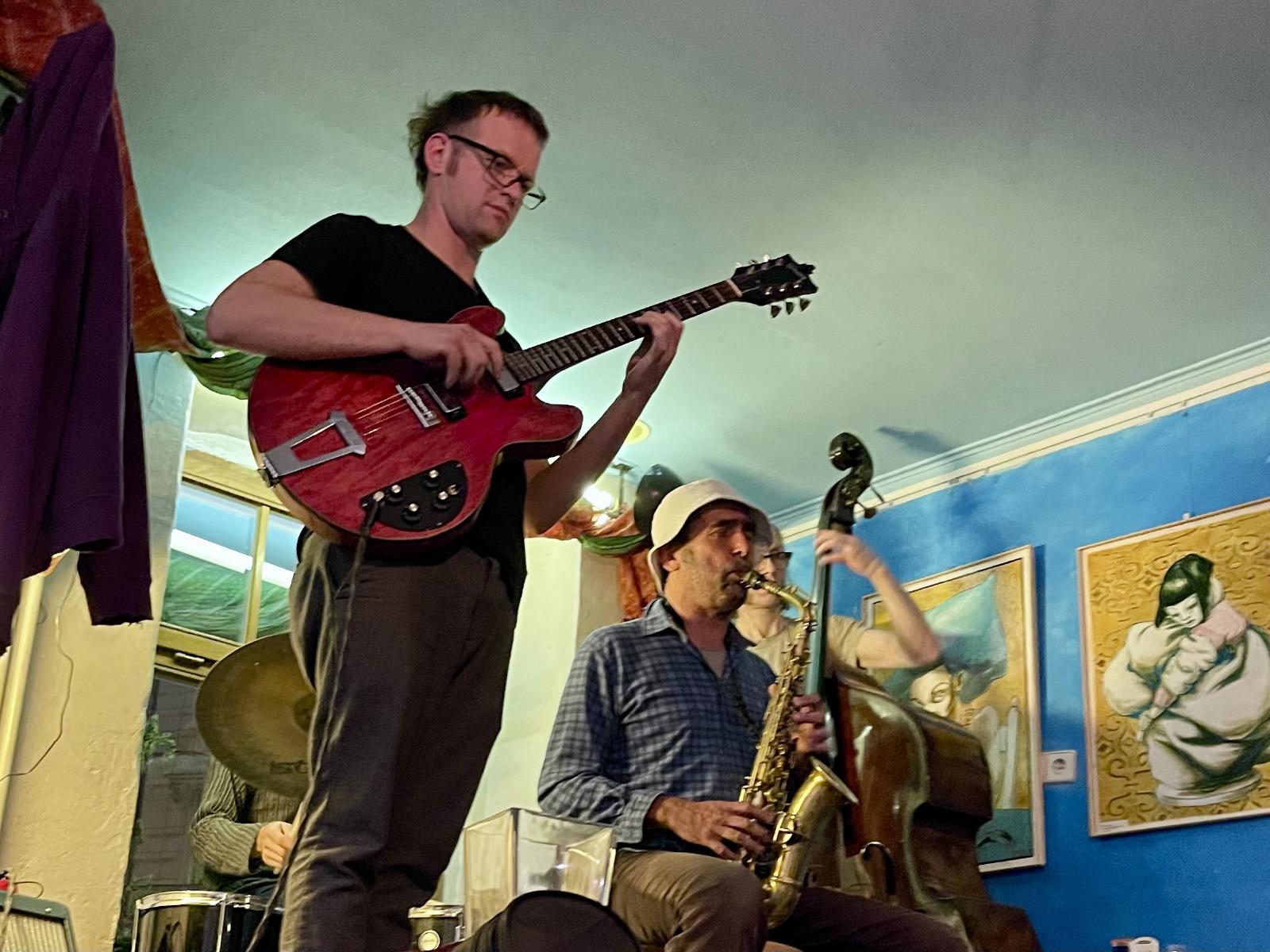
I passed by TROMMEL, a tiny bar where I sat 20 years ago and talked with a chemist named Virginia.
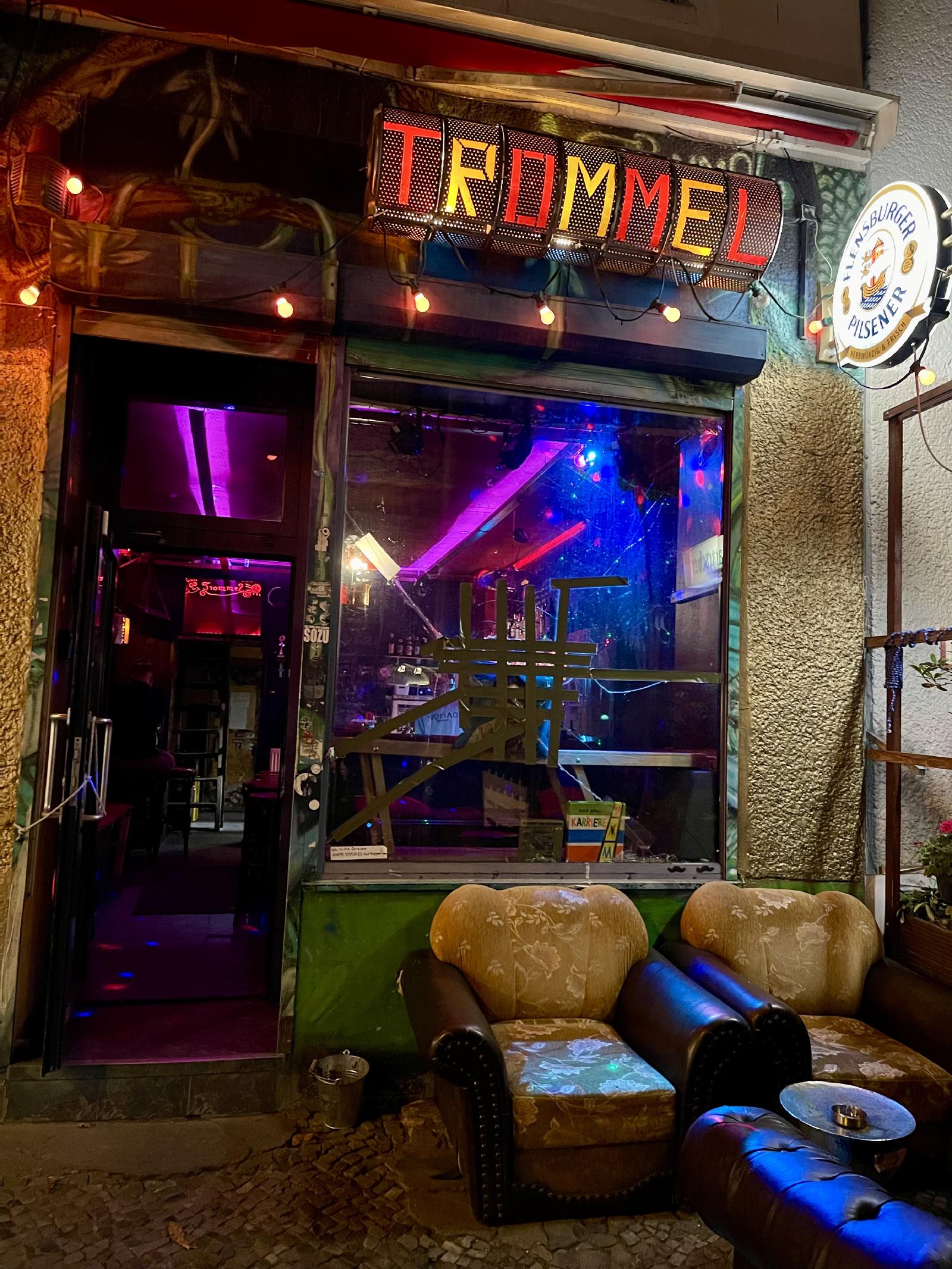
I walked on and passed Dock 11 (see above).
I passed Uslar & Rai, a bookshop where Gaël Faye was doing a signing.
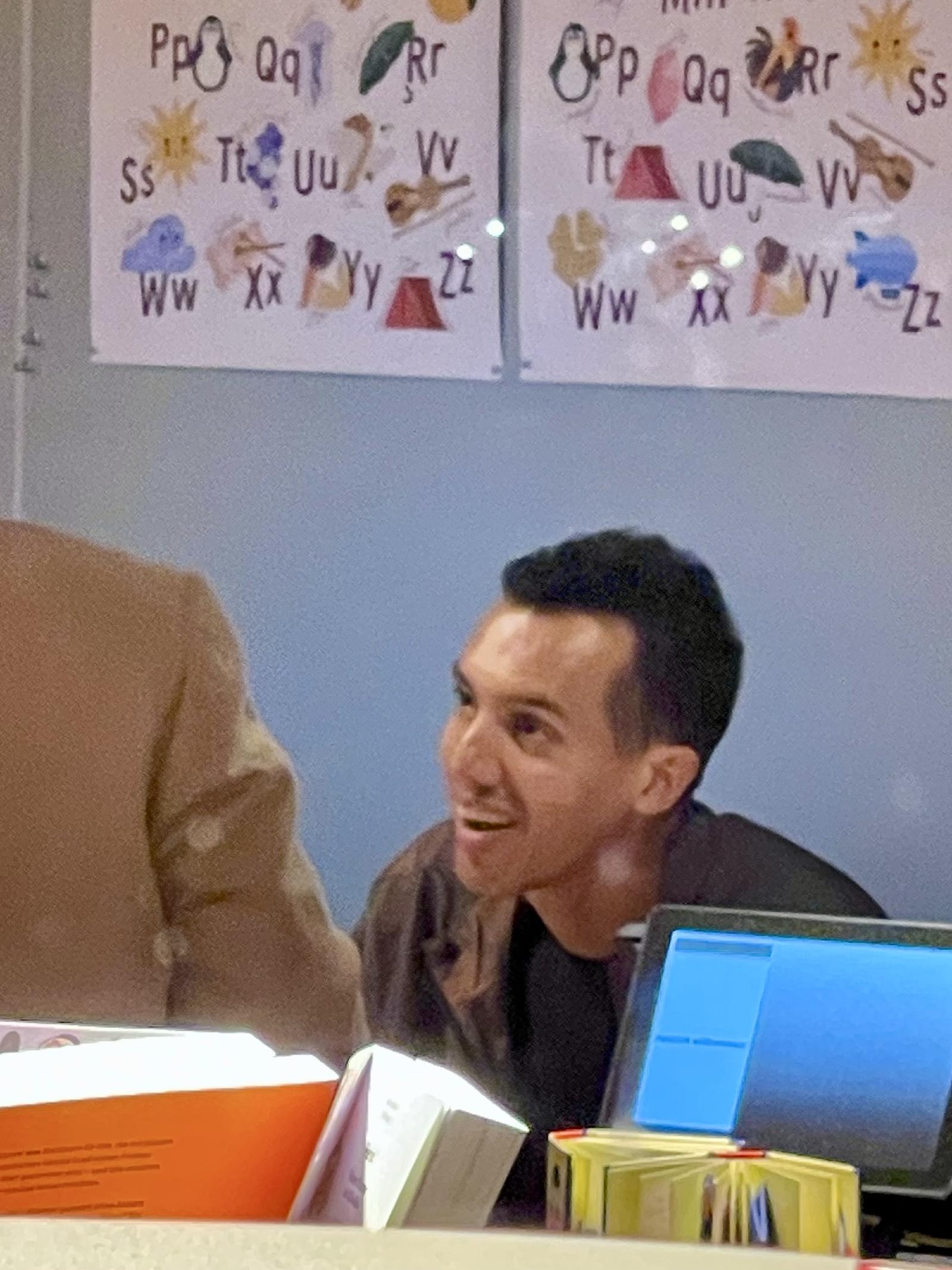
I jumped on a train and went over to Friedrichshain and wandered around watching the night owls in the sundry late-night cafes including one called, appropriately enough, “Zeitgeist”.
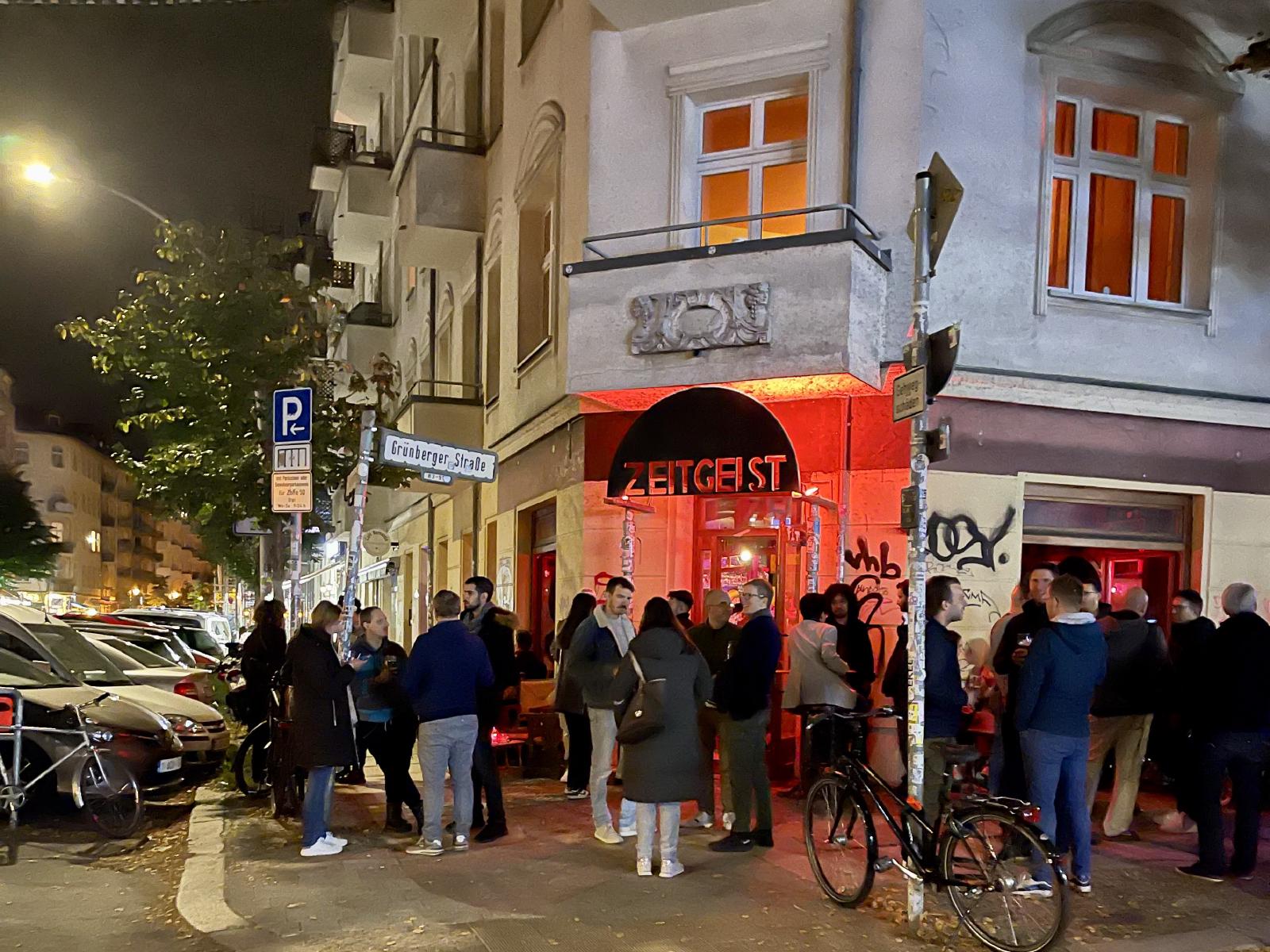
I also passed a sort of goth shop called “Darkstore” which, at first glance, I read as “Dorkstore”. Sorry.
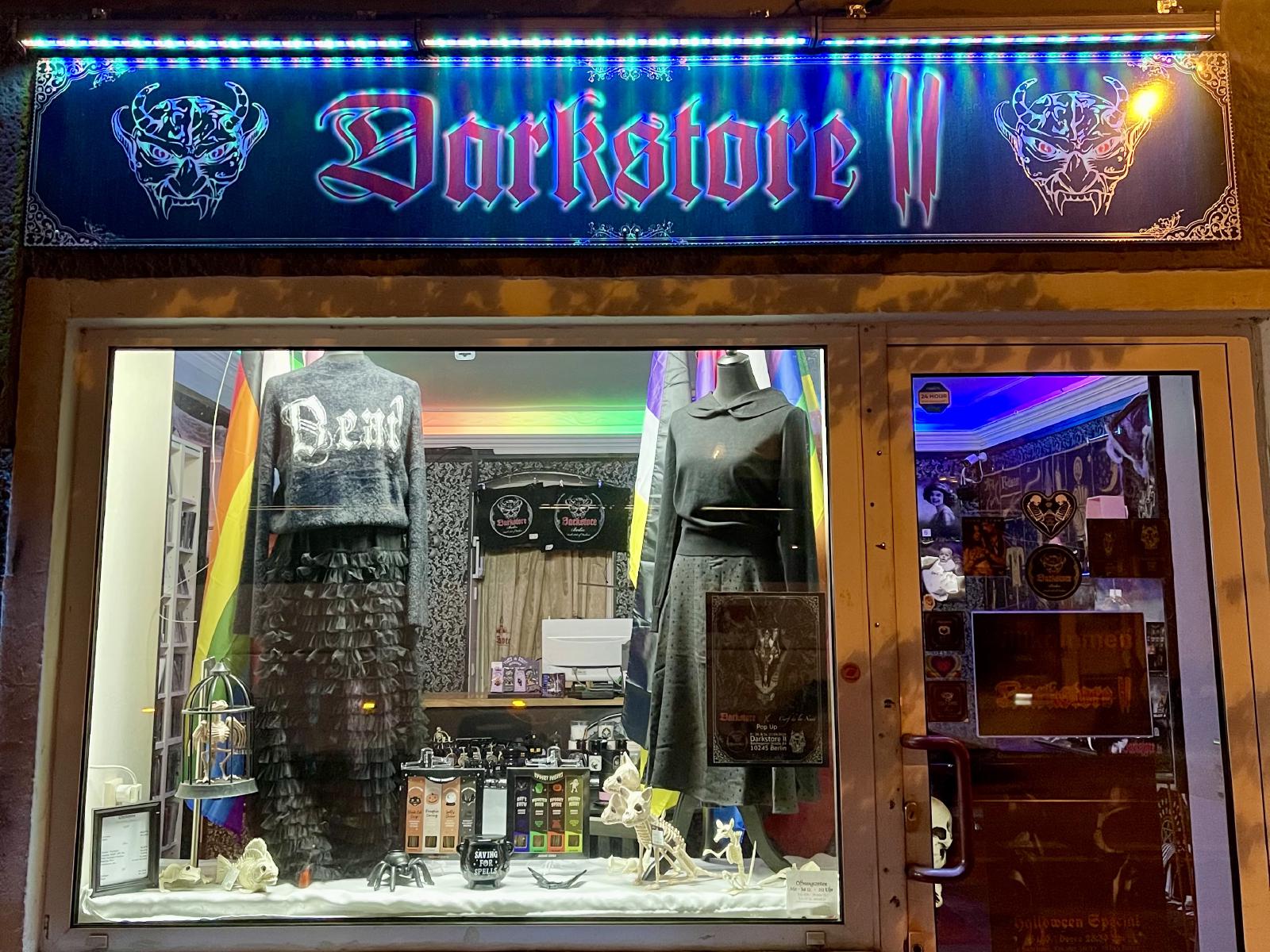
I paused to appreciate the square cube lamps with sans-serif house numbers that are on so many buildings in Germany and Scandinavia.
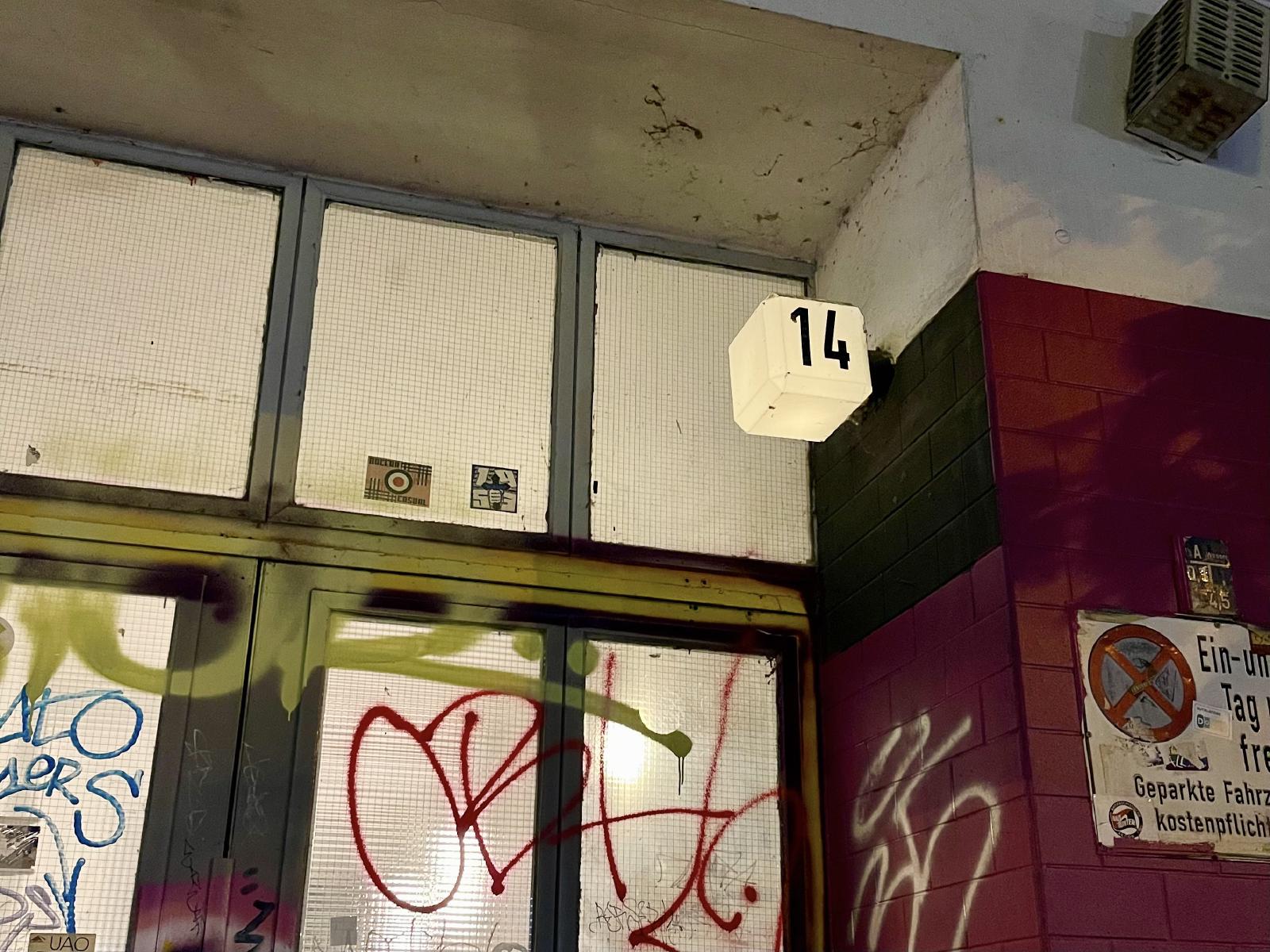
I saw a set of Stolperstein and paused for a moment.
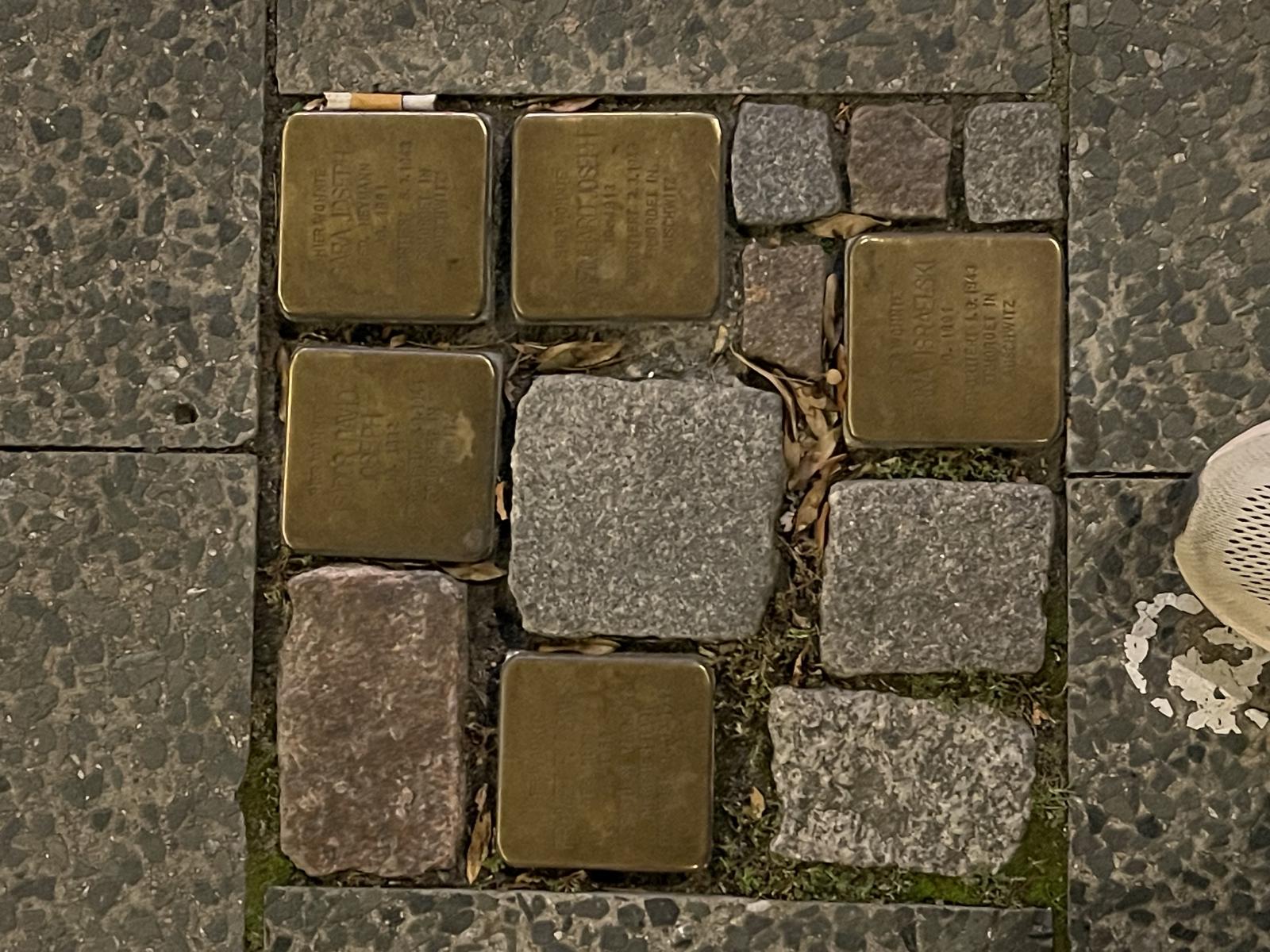
I took the U5 back to Mitte and made a quick pilgrimage to Salon Babet where, on my trip 20 years ago, I spent a long time talking to the bartender about music and he later invited me to a great party the following evening.
I’m glad this place is still there, built as a salon during the DDR then a flower shop and finally a bar/event space dripping with icy post-war glam.
The mirror ball enhances the vibe.
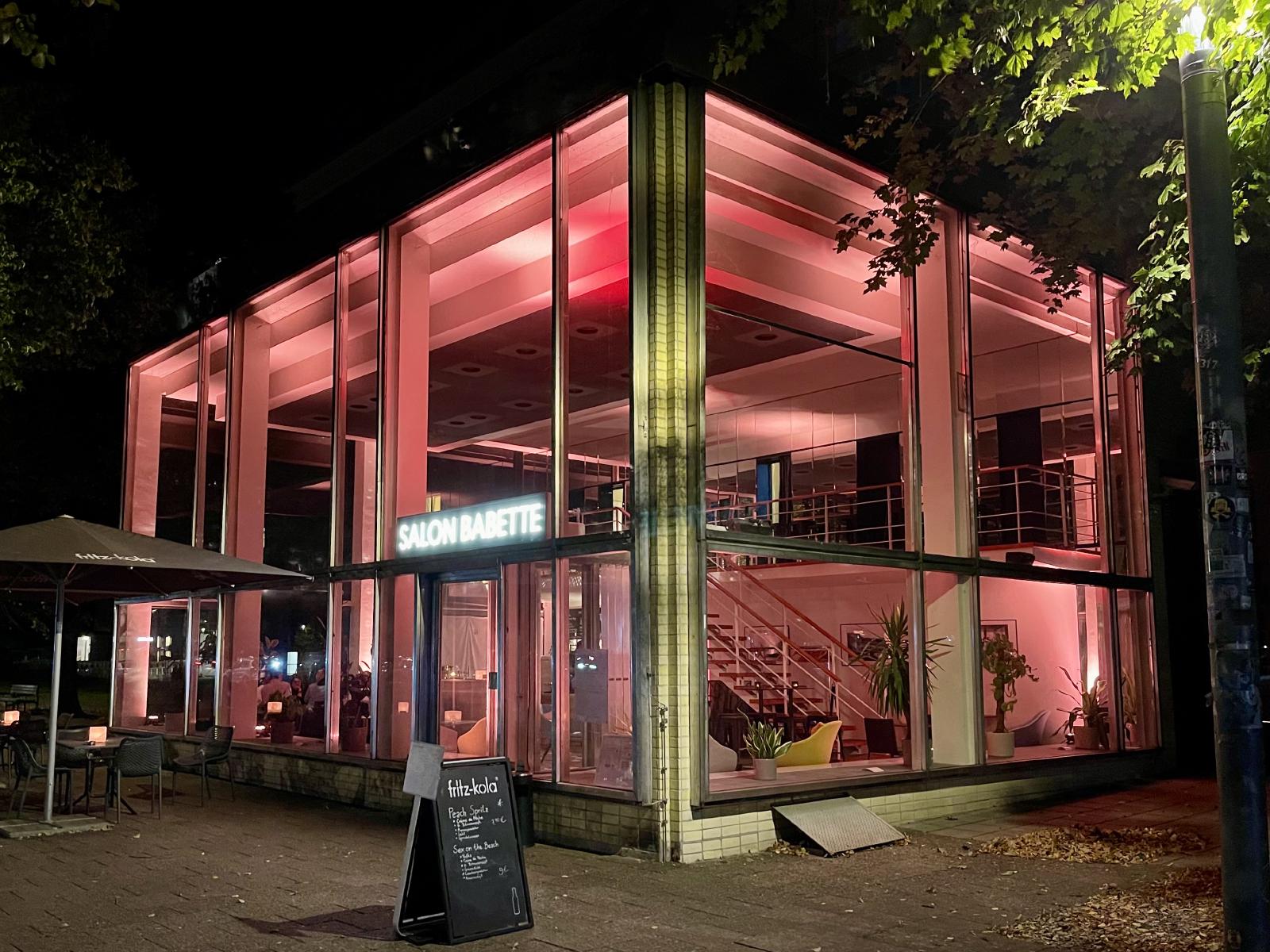
Next door is the the imposing, resolutely stylish (and resolutely closed) Cafe Moskou.
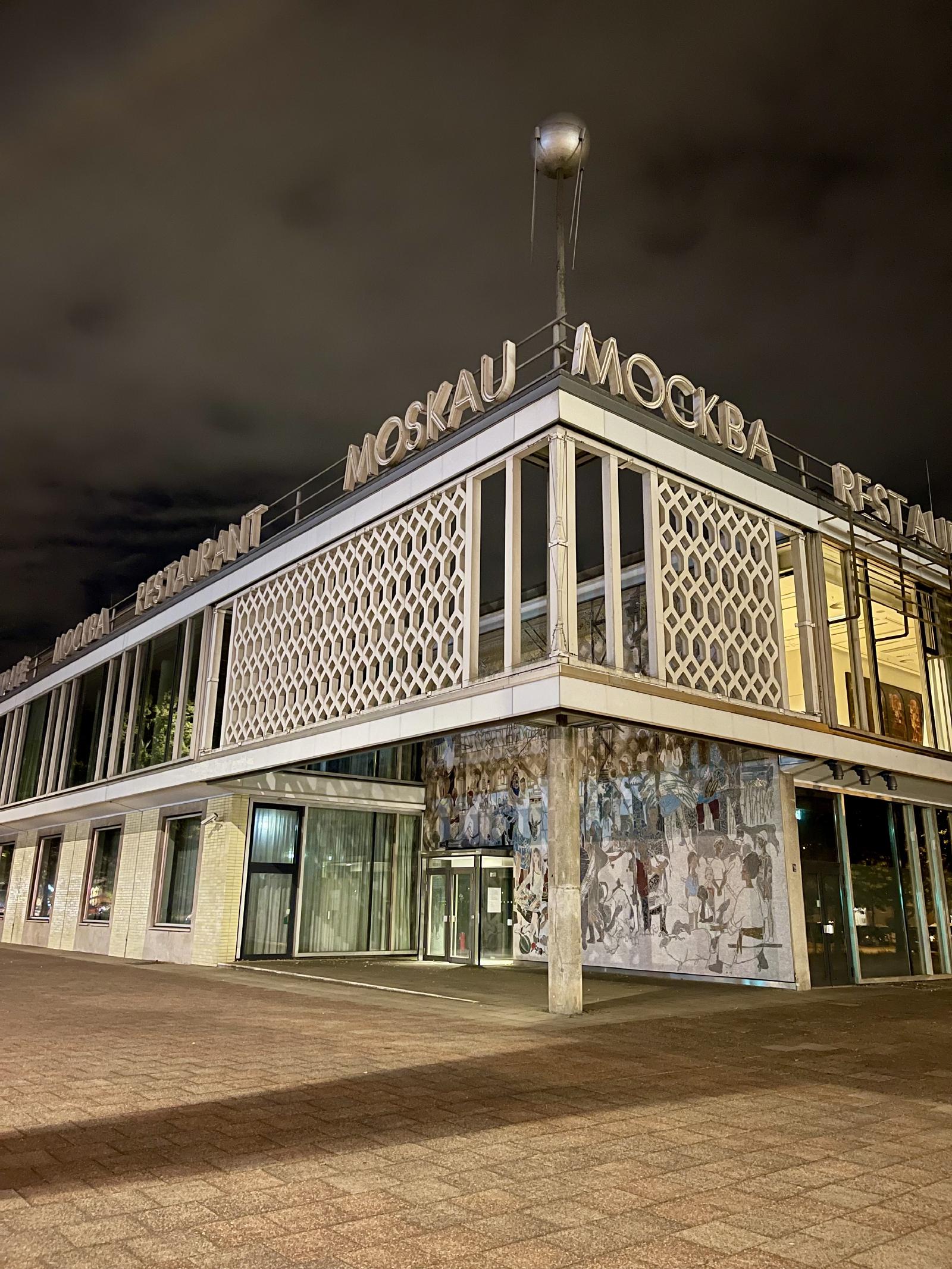
I paused to appreciate a couple of other hulking DDR-era apartment blocks then walked back to the hotel along the colossal Karl-Marx-Allee.
At the hotel, I noticed a sign telling you where the hairdryer was and thereby learned my new favourite German word: Kleiderschrank (wardrobe). Interestingly it also translates as “Colossus” or “Great hulk of a man” as in, “That dude is such a wardrobe.”
Saturday
In the morning I braved the medieval gauntlet of the hotel breakfast buffet. Claiming a table was tougher than getting a beach chair in Capri but I managed.
I tucked into scrambled eggs, bircher muesli, a waffle, fruit, cheese, rolls and yoghurt, eating about 120% of my capacity to ensure I wouldn’t need food again until dinner.
Later I wandered northward towards Prenzlauer Berg, past a lovely old cemetery where they provide watering cans for visitors to water flowers/plants. What a nice gesture.
I passed more cute cafes with al fresco diners, a “saunabad” (spa) with monumentally creepy sculptures out front, and arrived at the same wonderful outdoor market that I visited about 15 years ago, still going strong and filled with delectable cheeses, beautiful produce, whimsical wire sculptures that look like my dad could’ve made them (with a guy sitting behind them who is probably related to my dad).
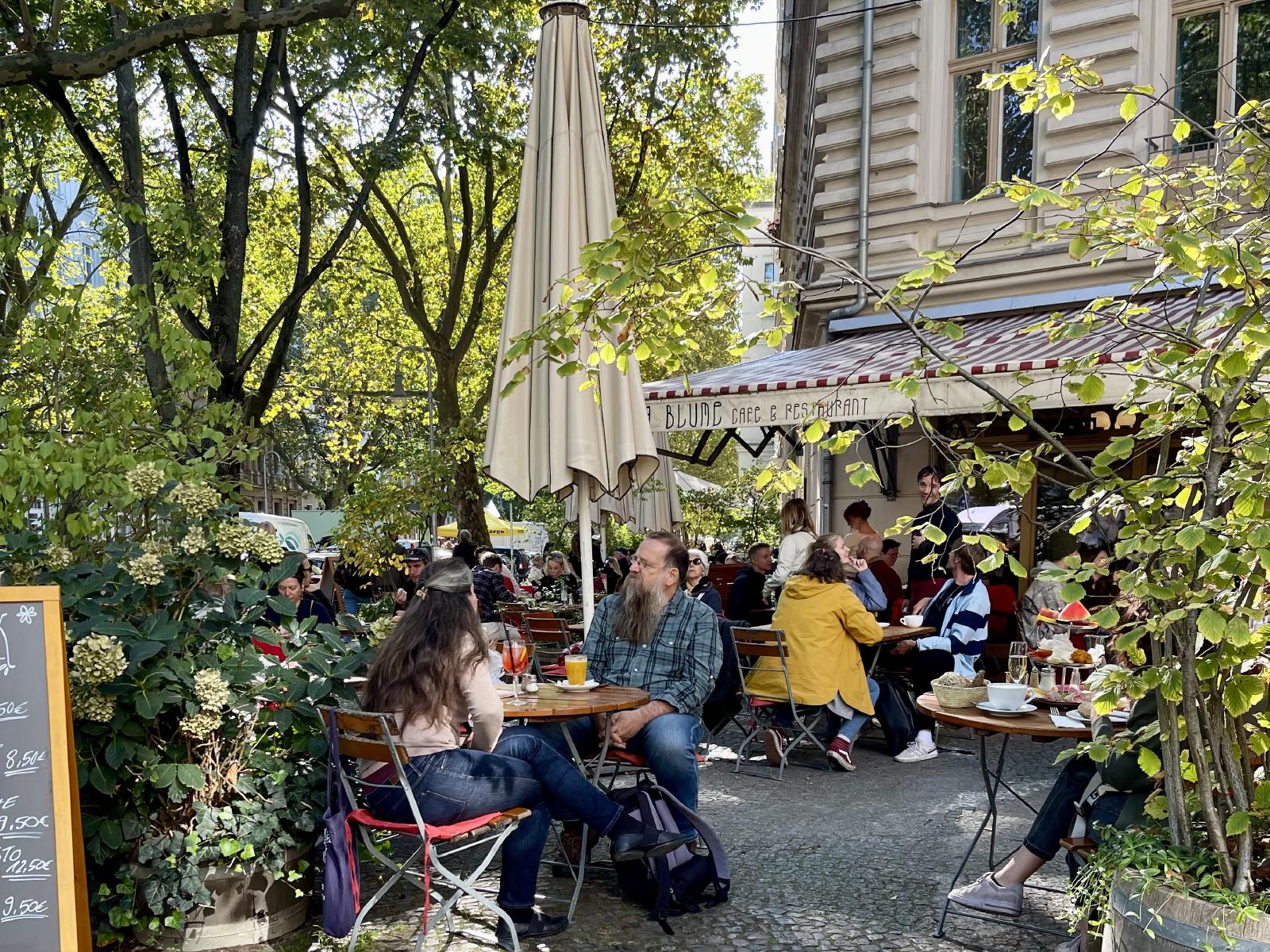
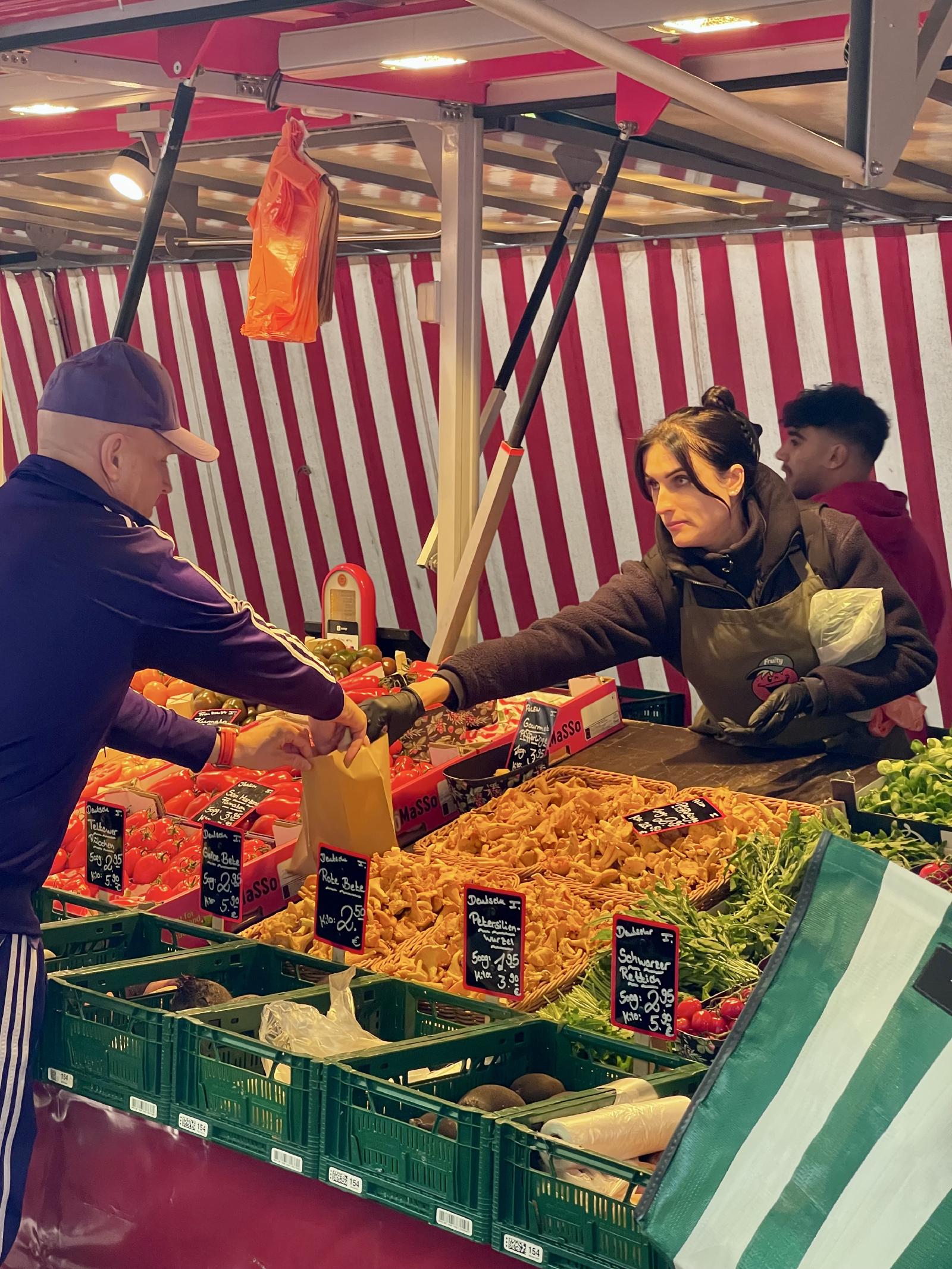
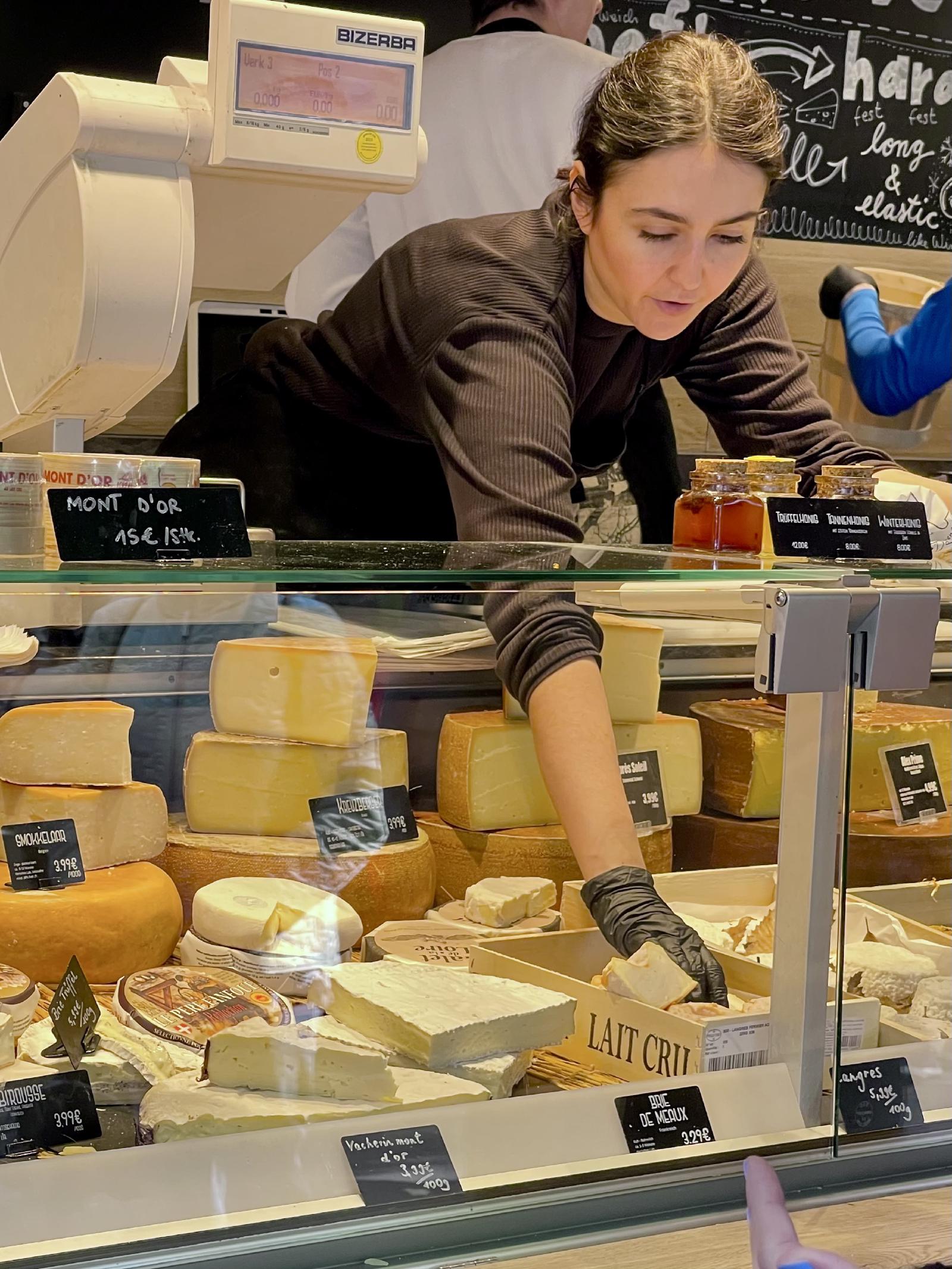
I walked up to the old brewery which is now a vibrant “kultur brauerei”. I revisited the excellent free museum about life in the DDR which I enjoyed much more, actually, than the paid DDR museum by the river.
Last year I really enjoyed reading Beyond the Wall by Katja Hoyer so it was great to see photos, video footage, and artefacts from East Germany on this trip.
I also encountered this big-head character who was very keen to take a selfie with me.
Actually, several selfies. Who am I to say ’no'?
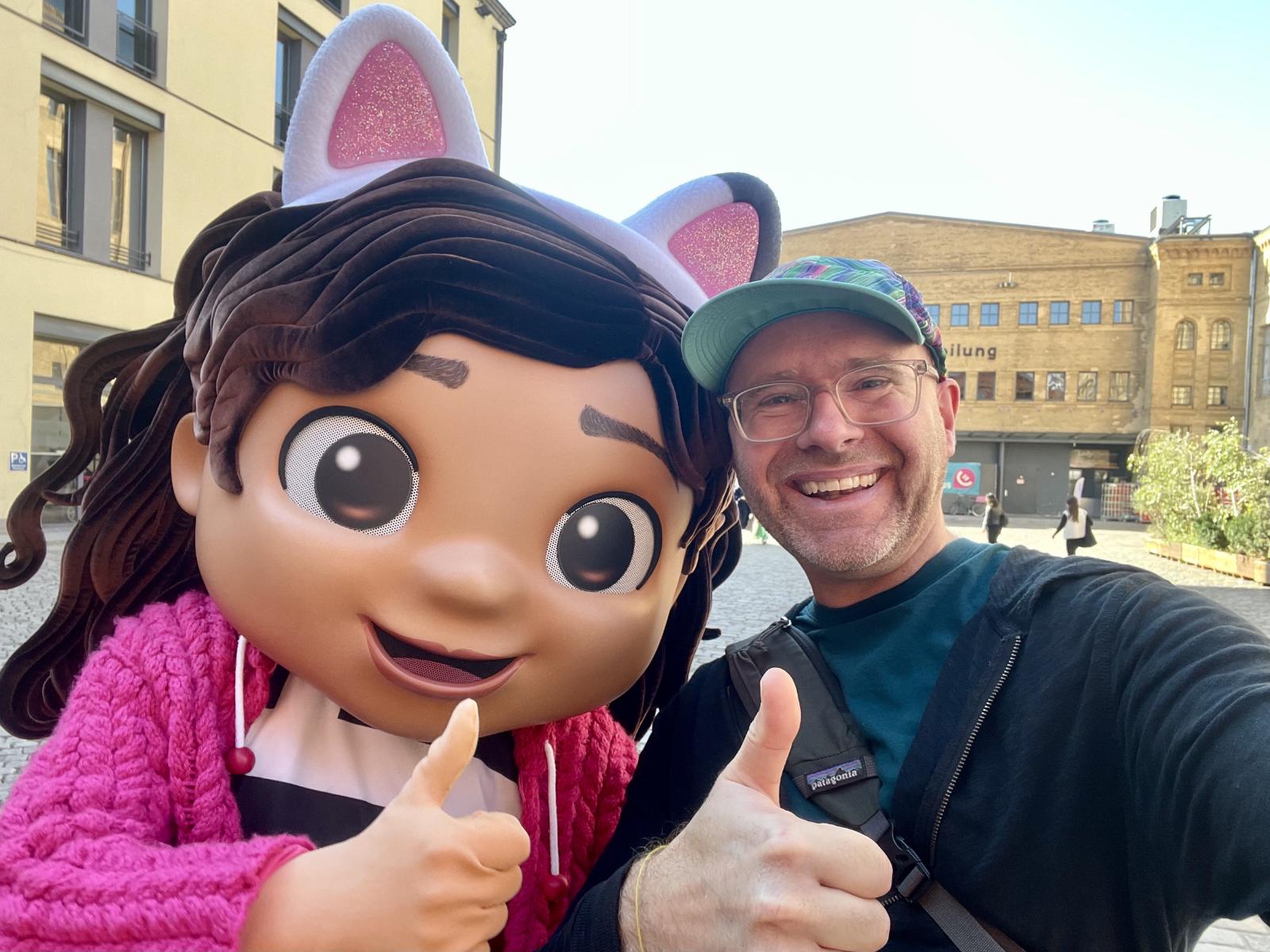
Later, I took the U-bahn to the Reichstag building to see the recently installed monument to the murdered and persecuted members of the Reichstag of the Weimar Republic. These were Hitler’s political adversaries who were sent to concentration camps and kept alive during the war but then killed when it was clear that Germany would be defeated. Can you imagine such a thing ever happening again?
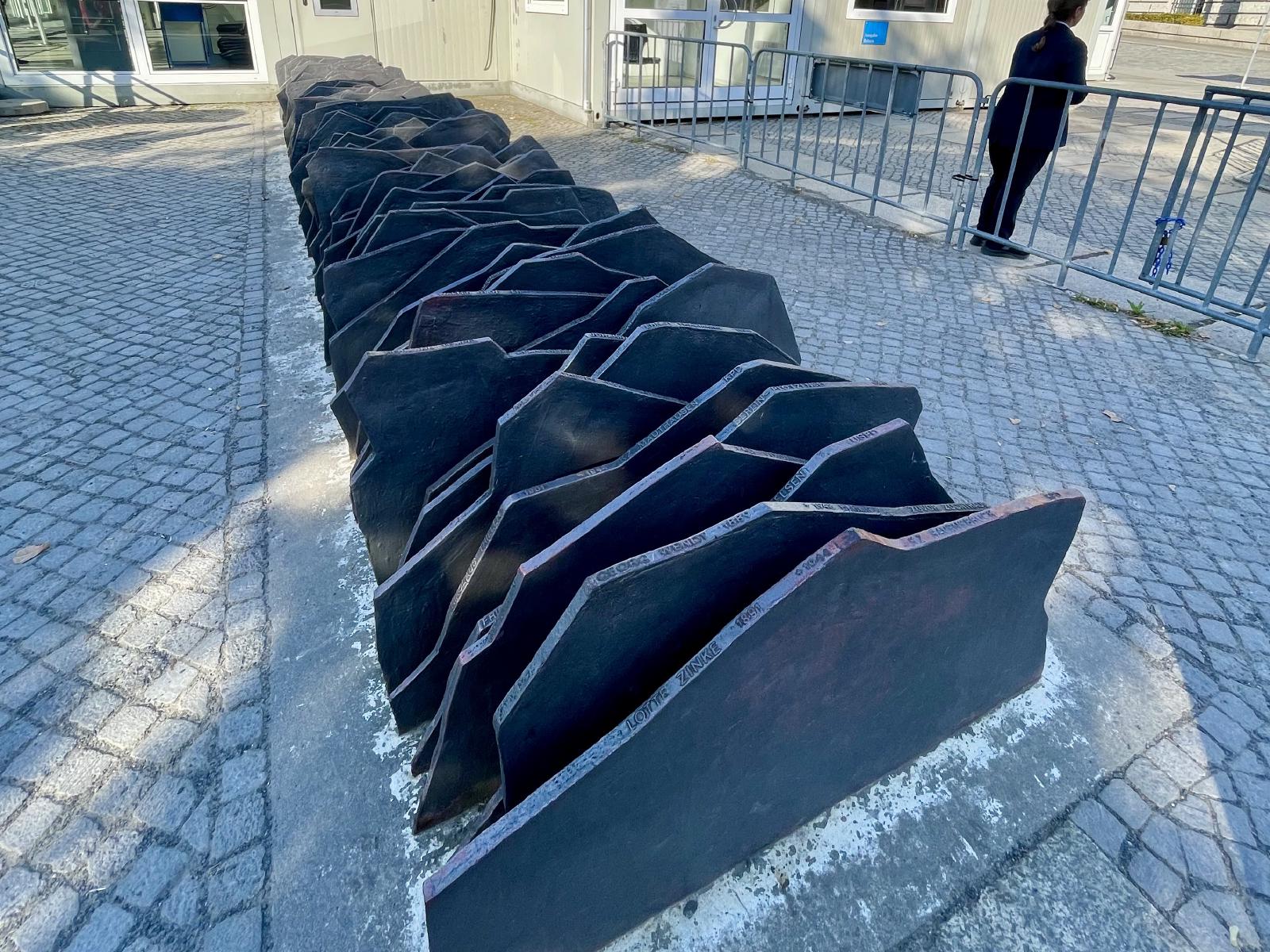
I walked around the Brandenburg Gate, through the Tiergarten and past the Memorial to Homosexuals Persecuted Under Nazism. It’s an interesting monolithic metal block with an opening in one side which reveals a video screen inside of same-sex couples kissing.
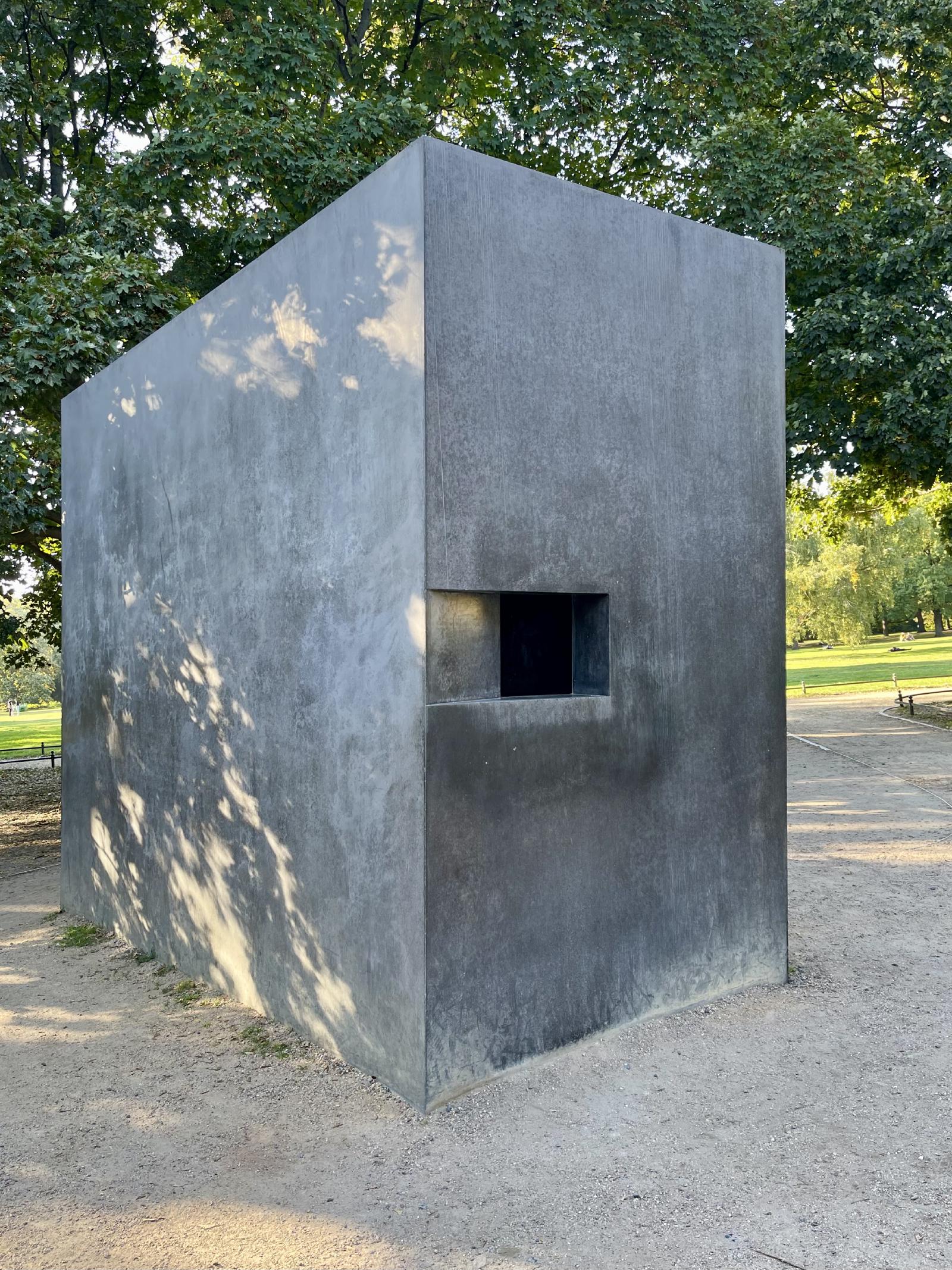
Later I revisited the amazing Memorial to the Murdered Jews of Europe designed by Peter Eisenman fashioned after the old jewish cemetery in Prague which I’ve now also visited.
It’s an incredible piece of architecture and very moving. From a distance, it’s totally invisible, sitting entirely below the surrounding skyline. As you approach, a sea of concrete blocks begins to emerge, first subtly and then becoming totally overwhelming, towering over you and leaving you completely disoriented as you walk between them. There’s also a small museum to visit — if you can find it.
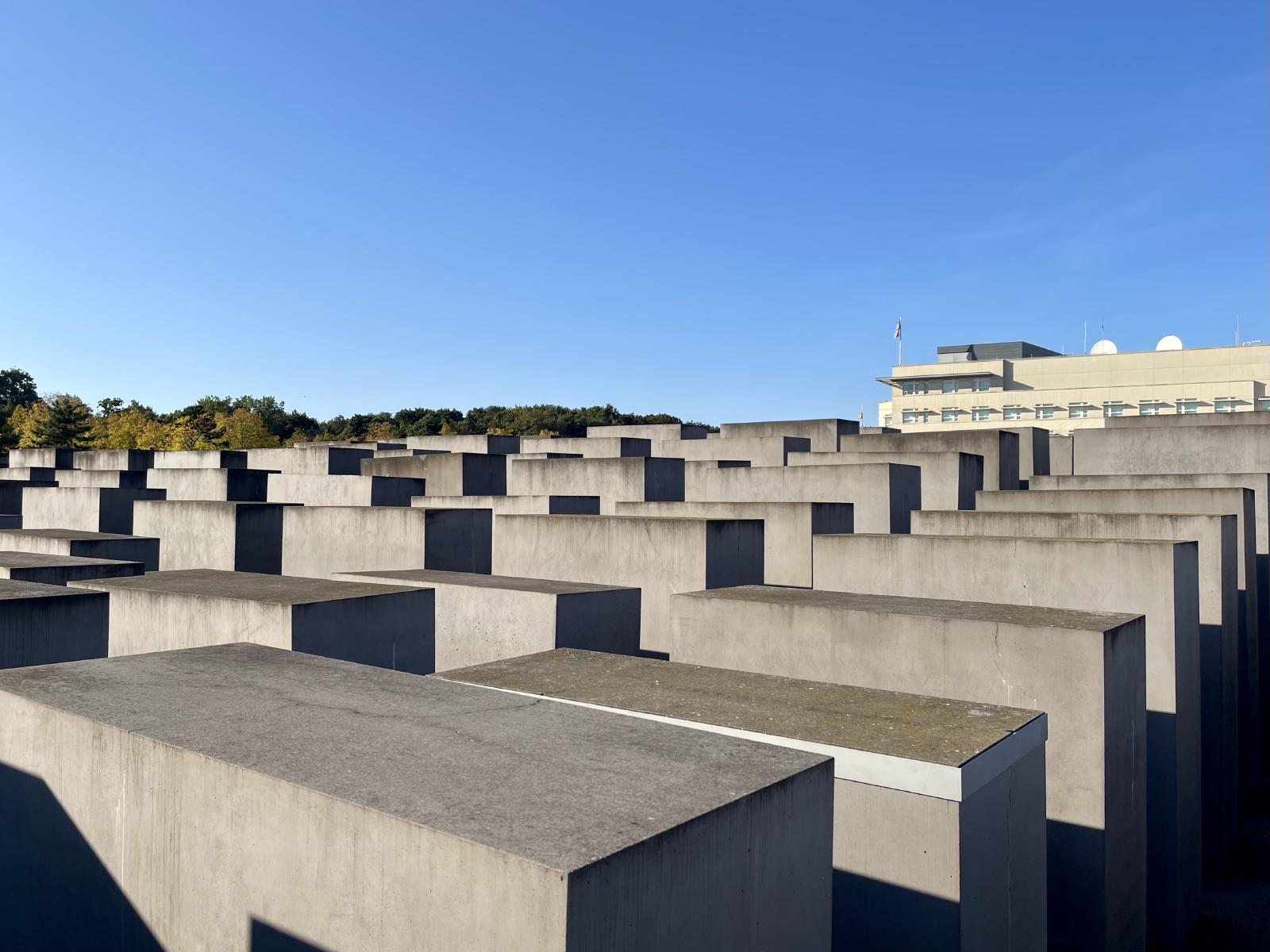
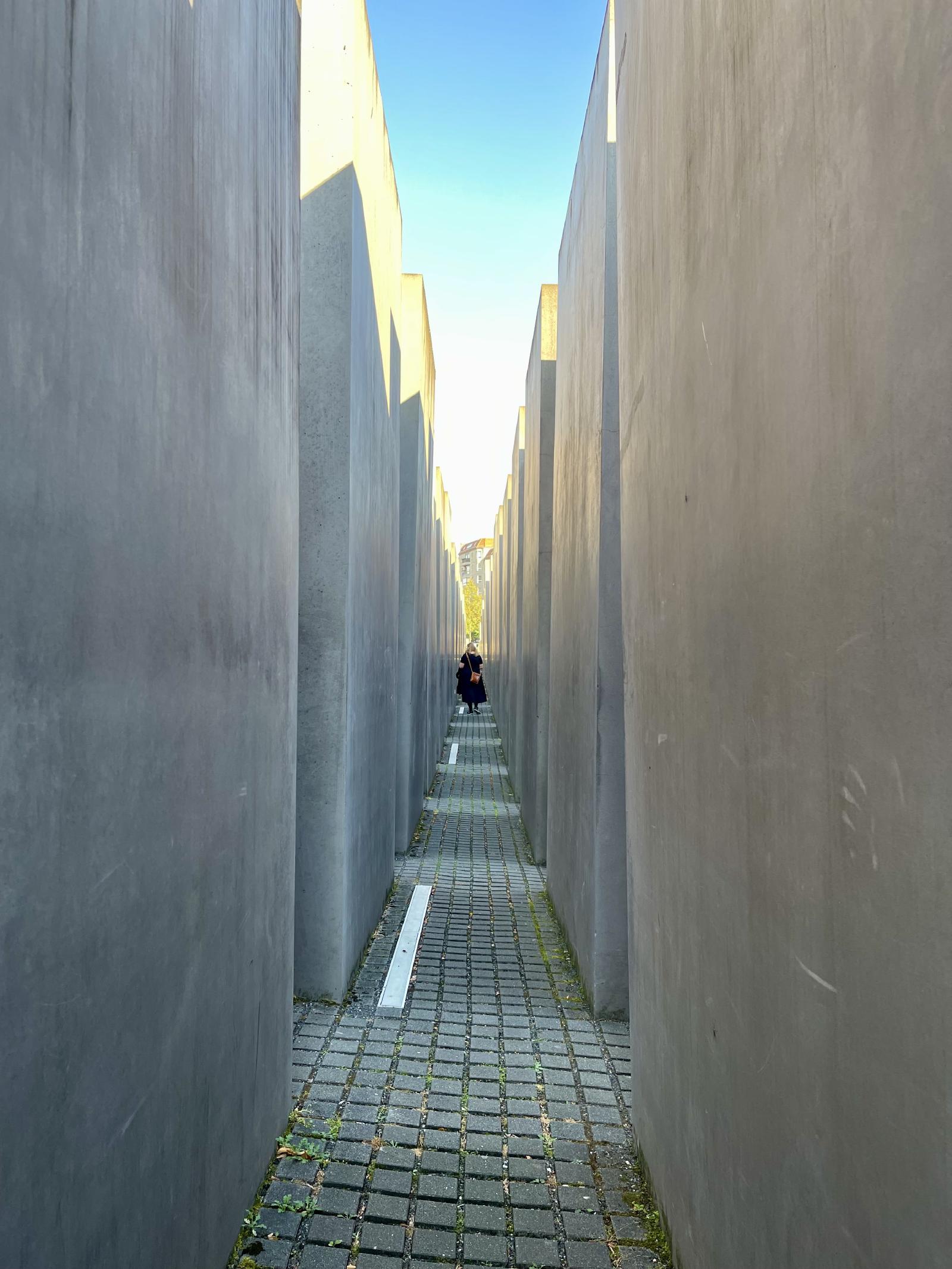
I took the train over to PACE gallery which has a lovely cafe and outside space complete with a koi pond.
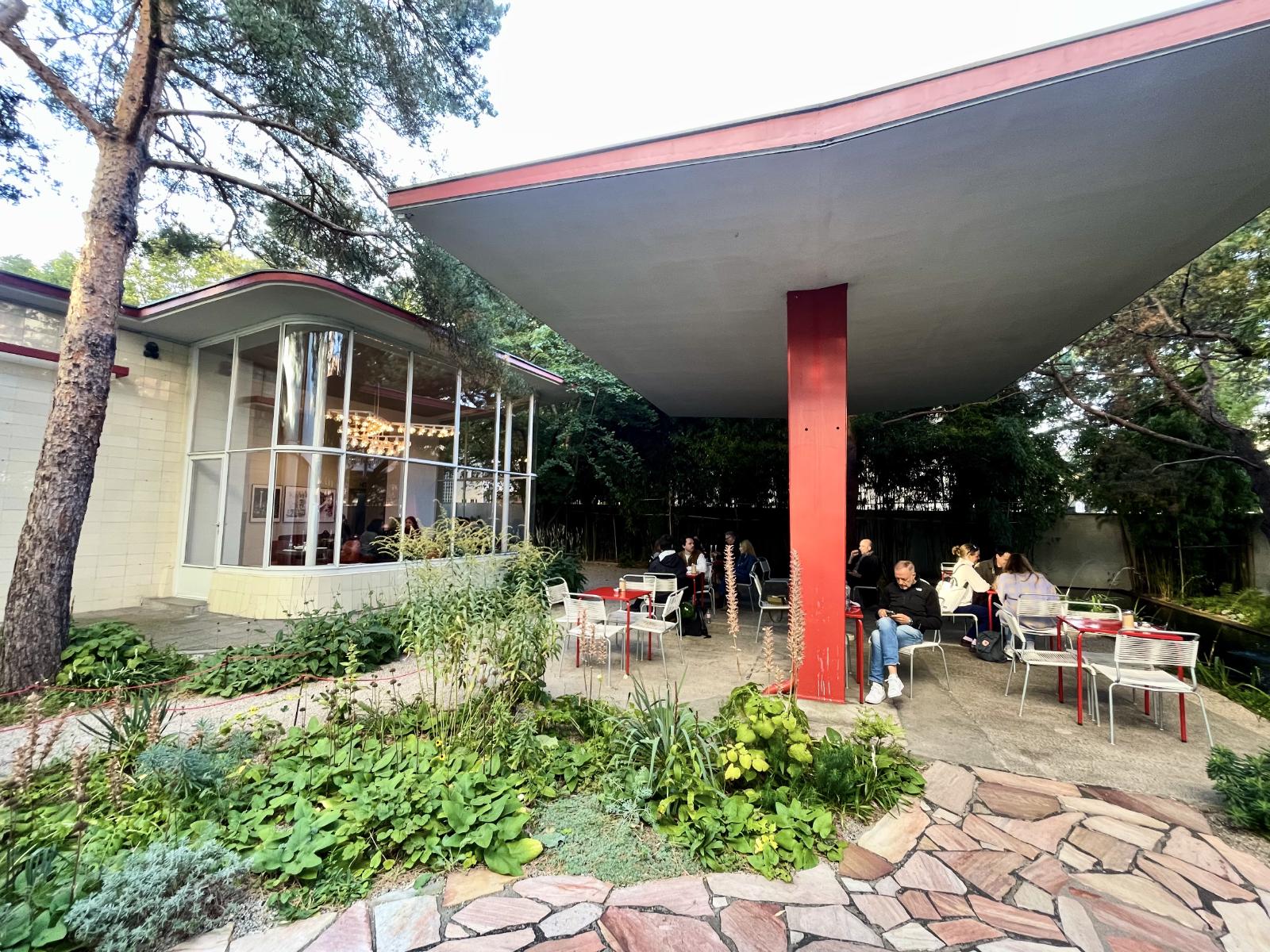
I saw some nice street art along the way and also stopped into the street art museum, “Urban Nation”.
I continued up to Charlottenberg to see the state opera house. The Magic Flute was being performed. I considered getting a ticket but opted to keep exploring rather than sit for 3 hours. I’ve seen many Magic Flute productions including a great one by English National Opera in London. I even played a wild boar in one at Opera Theatre of St. Louis in the 1980s.
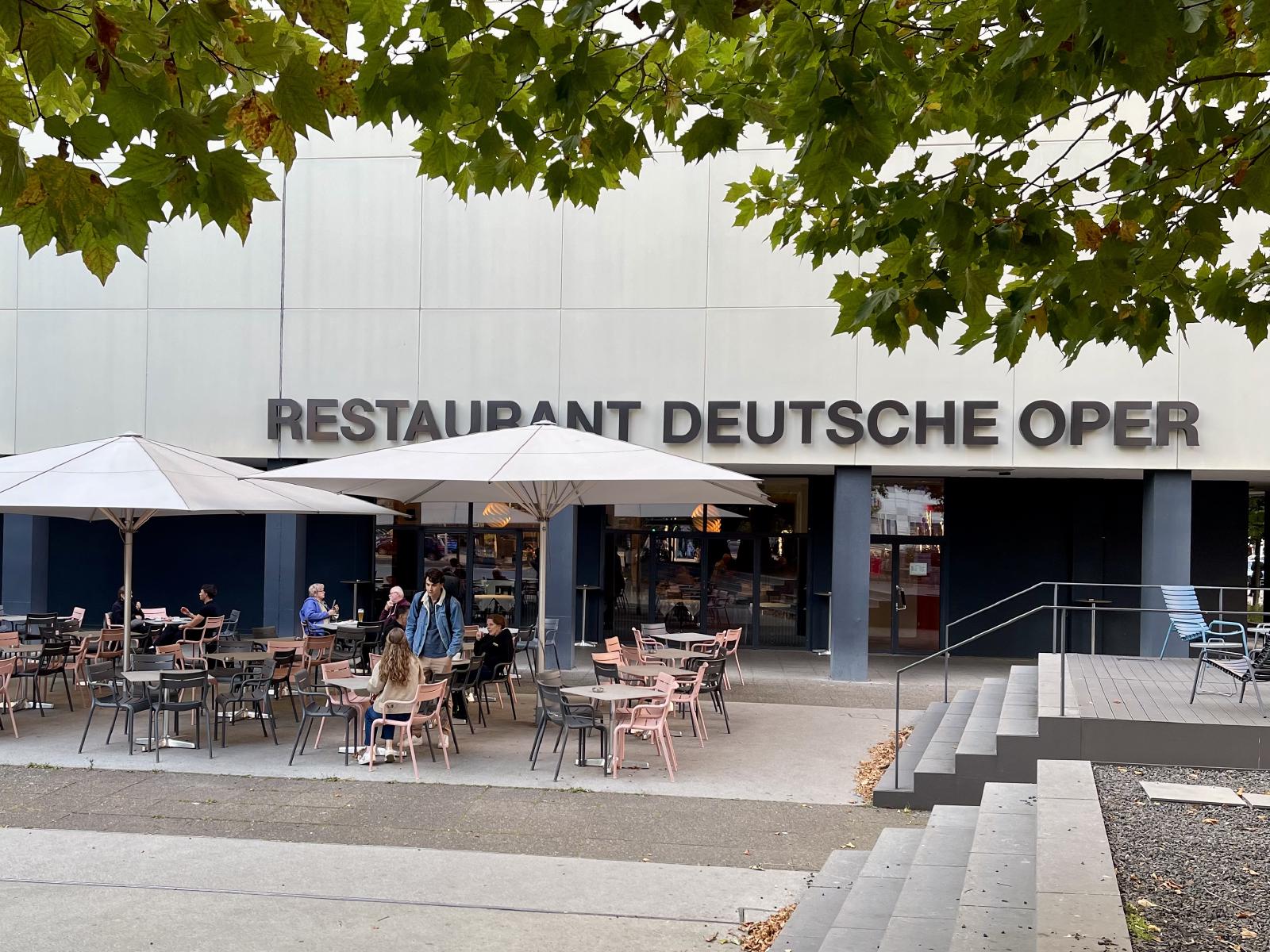
I had a delicious falafel for dinner.
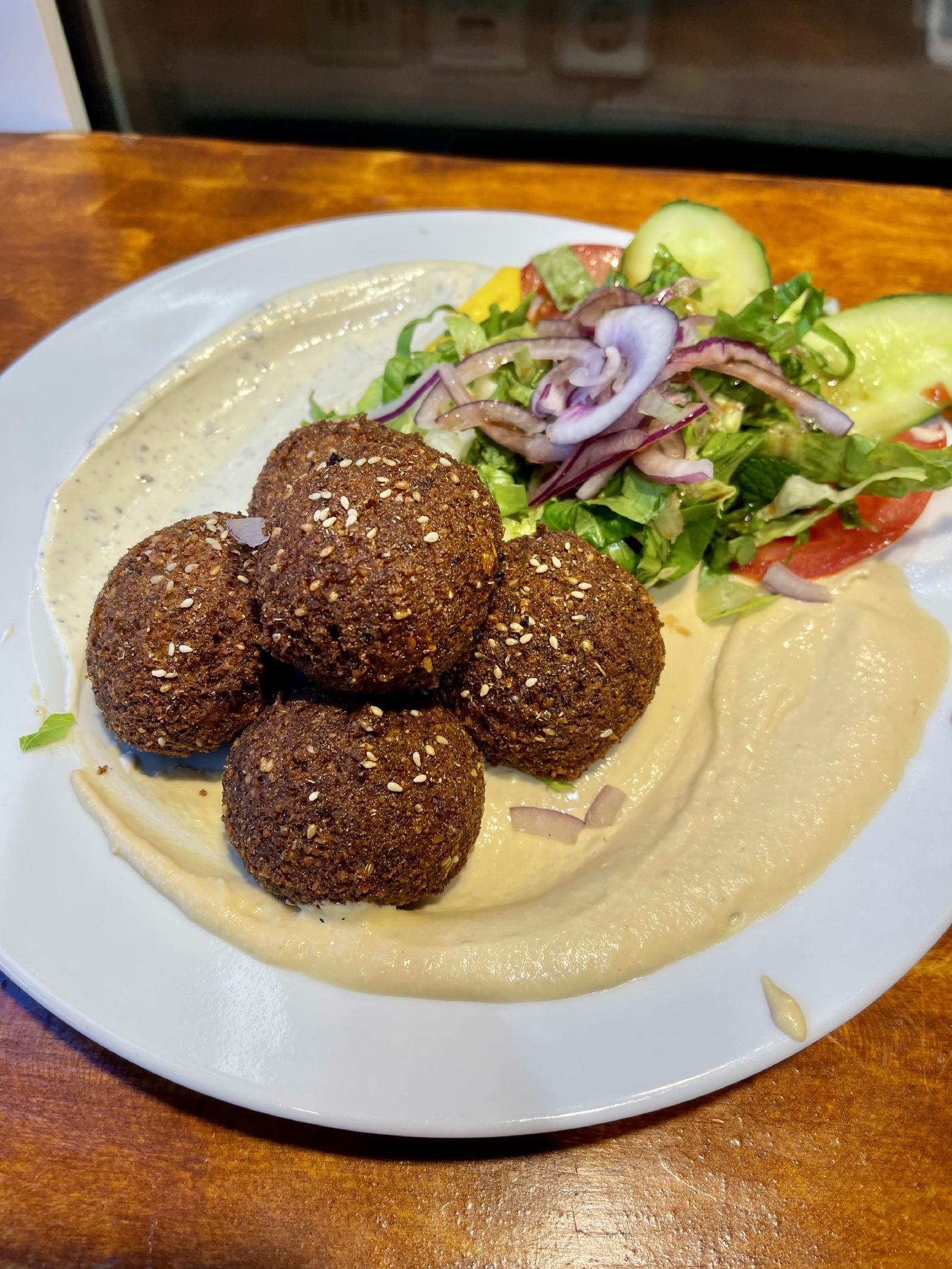
I walked past some interesting shops and popped into the bookshop at the photography musuem, C/O Berlin.
I hopped on the S-Bahn which was quite rowdy. On board I met a Brazilian-American film maker named Walter Solon and a woman from Madison named Anna.
I rode with them to Ostkreuz and started walking back towards Friedrichshain.
Along the way, I met an interesting Russian guy. Not quite homeless, didn’t ask for money, only directions so that—in his words—he could buy more marijuana. He told me with sadness, how his mother had died because every penny is being sent to the war in Ukraine and she couldn’t get the medical care she needed. How many millions of people are in this situation, I wondered.
I strolled past Berghain at about 9:45 where people were already lining up.
I remembered a fun night there about 14 years ago. Then I went home to bed.
Sunday
Once again, I braved the weekend breakfast buffet gauntlet, this time with greater gumption and efficiency.
After trying my luck at Berghain (and getting rejected) I took the tram over to Flussbad where I was hoping to see an event but I hadn’t grabbed tickets in time. In London, I wouldn’t have had a chance. In Berlin, under the banner of “Make it possible” I figured I would try, anyway.
I arrived a couple of hours before the event was scheduled to start. I noticed an open gate and walked in, slightly surprising a staff member who was preparing for the event. I told him about my plight and he invited me to come back later saying it wouldn’t be a problem to get in.
I had two hours to kill and was still craving a bit of techno after being denied at Berghain. I realised I was close to Sisyphos, a sprawling multi-room, indoor/outdoor, club complex known for it’s all-weekend parties. I heard the bass from down the street.
After some deliberation, I decided to go in. The young woman at the door told me they usually only admitted re-entrants on Sunday afternoons but she took pity on me. She asked if I had been to a techno club before. I cited Fabric and Berghain and this was sufficient for her to let me in. I didn’t go into my history of raving in warehouses and dog tracks around St. Louis and Denver in the 1990’s.
I used the on-premise cash machine to pull out some money, paid my 15 Euros, had my pockets squeezed by the bouncer, and I was in.
Photography was strictly forbidden. Like Berghain, Sysiphos gives you stickers to put on your phone cameras. I appreciated this. It’s nice, after all, just to dance and be in the moment and not worry about ending up on Instagram.
But I wish you could see it.
It had a kind of magical techno fairyland vibe with at least 4 different dancing areas and limitless places to hang out. There were outdoor garden spaces enhanced with cor-ten steel sculptures, seating, a funky big-top circus themed area, a kind of “treehouse” with stained glass windows, a traditional big black box space and my favourite area, a kind of Blade-runner-esque street scene with balconies, Chinese lanterns, and little shuttered rooms just big enough for two or three people to hang out in a more private space. I bet it would’ve looked amazing at night but I was also grateful I didn’t have to stay up all night to find out.
After a couple of hours and a slice of pizza, I went back to Flussbad, completely forgetting that I’d also wanted to check out the nearby Dark Matter gallery.
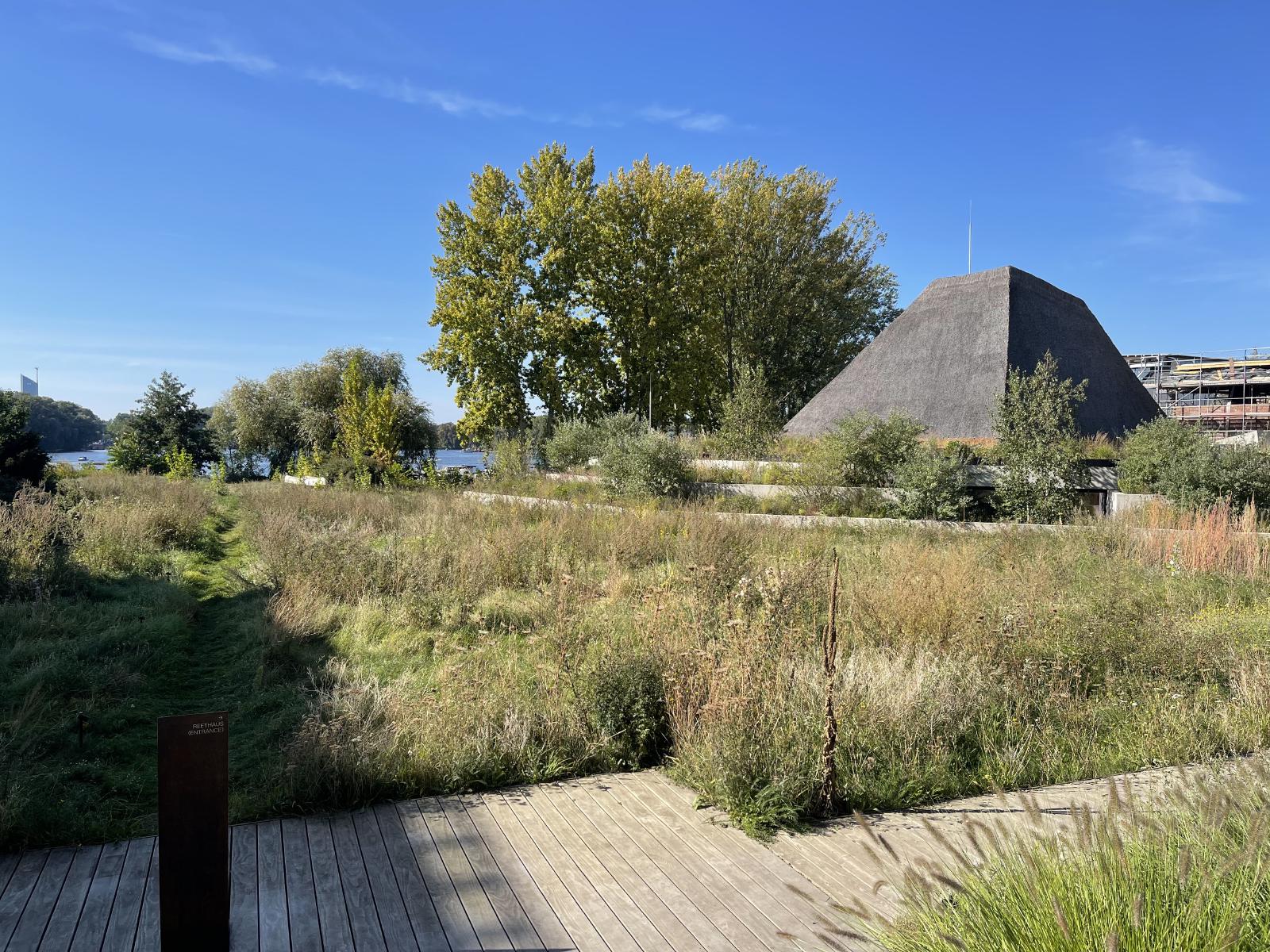
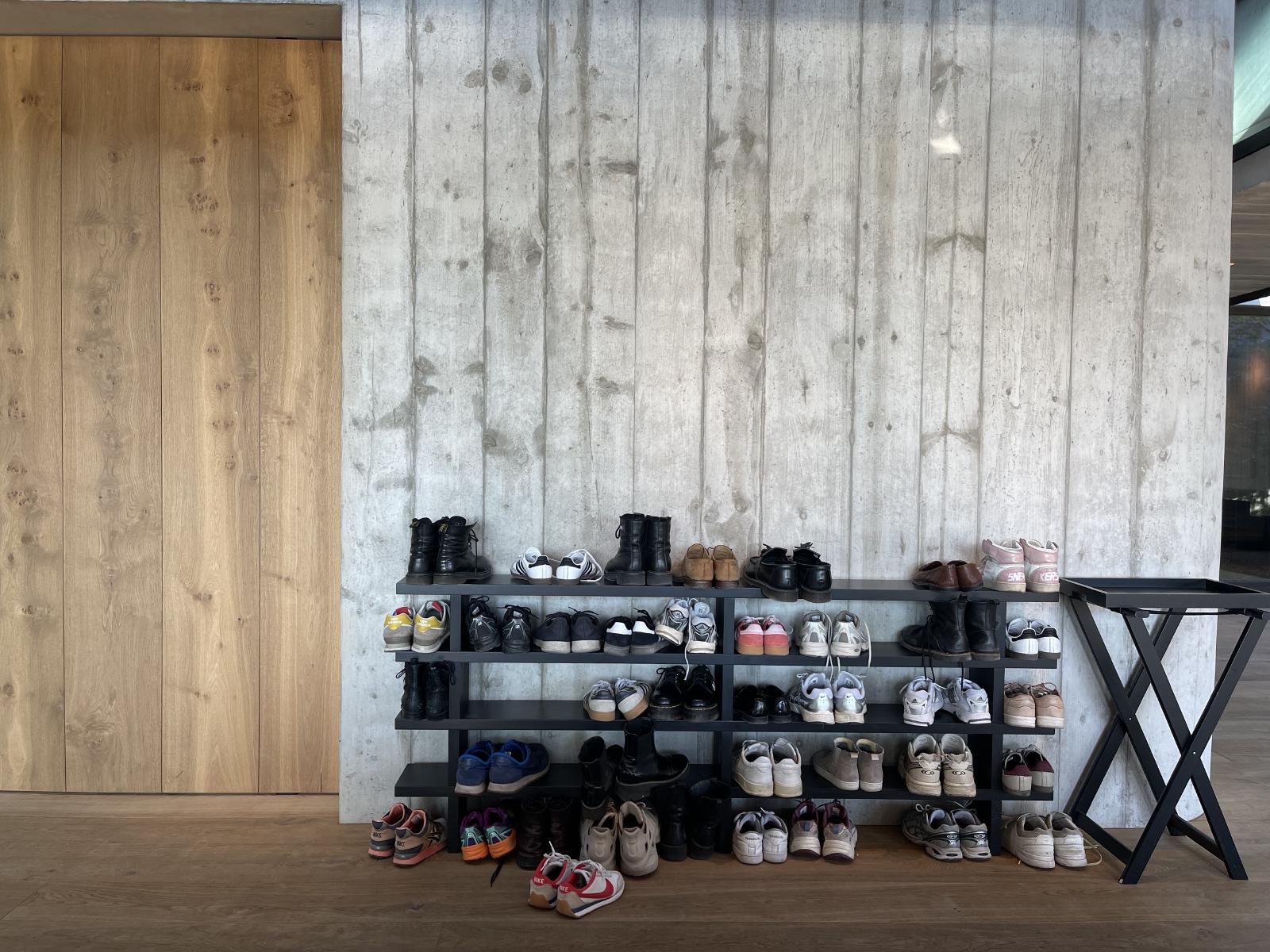
Flussbad is a beautiful new “Neo-brutalist” office, hotel, and creative “campus” on the banks of the Spree near a traditional bathing spot hence the name “River bath” or, more poetically “Flow bath”. The centerpiece is the “Reethaus” which is a kind of thatched concrete bunker-temple designed for listening to music. It has curved walls, tatami mats on the floor and cushions around the perimeter, low lighting and an oblique pyramidal vaulted ceiling with 15 slightly misaligned rectangular skylights in the roof that provide the only contact with the outside world. Wabi-sabi, FTW.
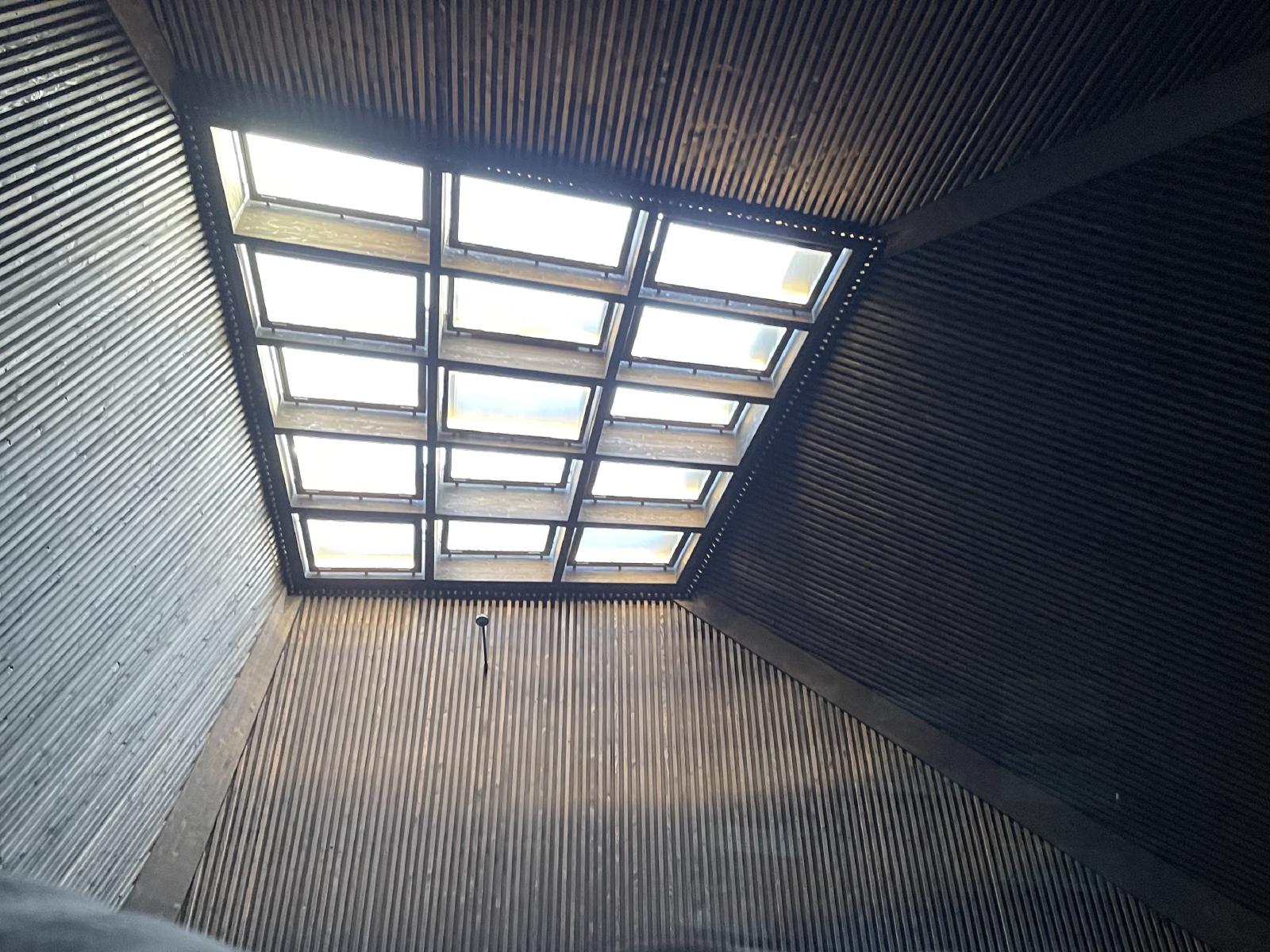
For this event, curated and recorded by Soundwalk collective, they were playing an excerpt from Canto V: Meditation on Wage Labor and the Death of the Album by Terre Thaemlitz.
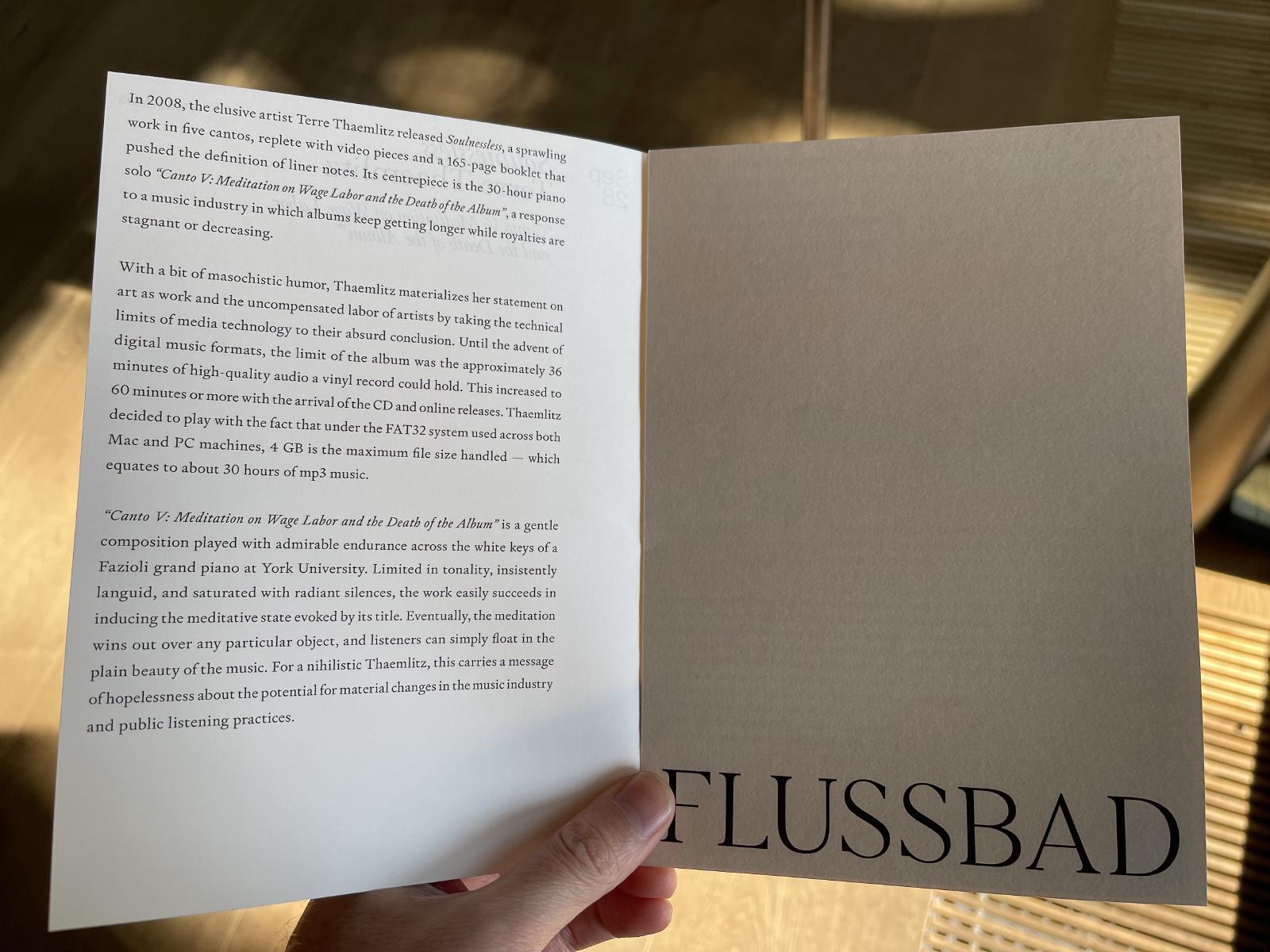
I remember hearing Thaemlitz’s work on an ambient compilation CD I bought circa 1994 called “Ambient Intermix”. Canto V is 30 hours long, for solo piano — one suspended chord after another, each made up of clusters of white notes and held for 5-7 seconds until the next one plays.
The chords and velocity varied to create tension and resolution even with what appeared to be pretty random note choices. They gently panned each chord around the 16 channel sound system in the room and you could hear some springy acoustic elements of the keys being struck and the wood resonating.
I was dismissive at first and then fell in love with its calm, meditative, yet pensive sparseness. I resolved to find out more about the piece and maybe construct my own version somehow.
After listening for a while on the floor in the Reethaus I went outside and sat by the river feeling like I was part of an Instagram photo shoot. It’s clear that the event was part of a campaign to establish the artsy pedigree of the space and help them rent offices but it was nicely done and I had a wonderful time so I’m not complaining.
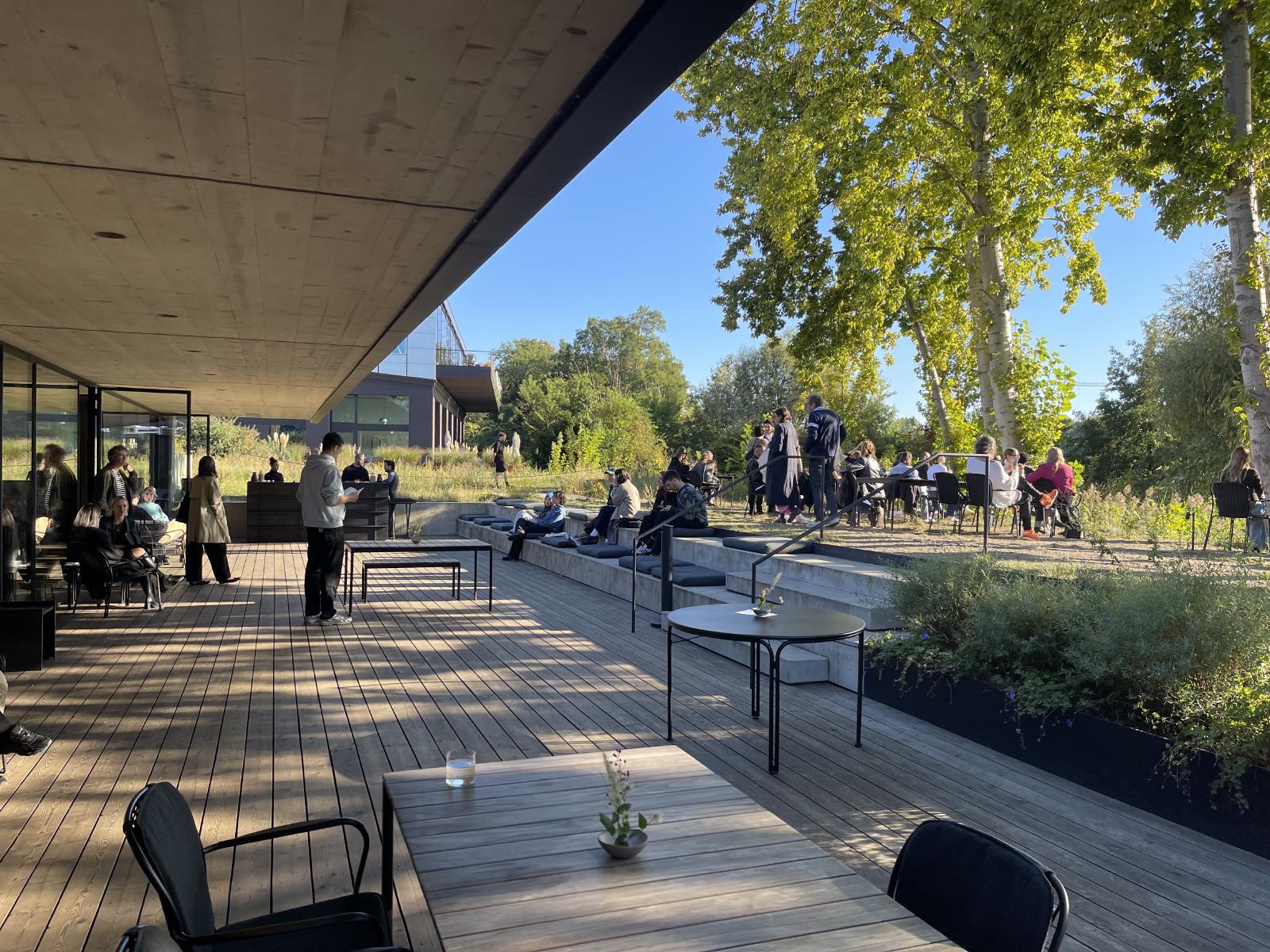
Feeling thoroughly relaxed, I realised I still had enough time to visit the nearby Stasimuseum. The imposing headquarters of the Ministry for State Security for the DDR and the official residence of Erich Mielke has been left almost intact since it was stormed by citizens in November of 1989. It’s a chilling reminder of what can happen when government power and paranoia go completely unchecked.
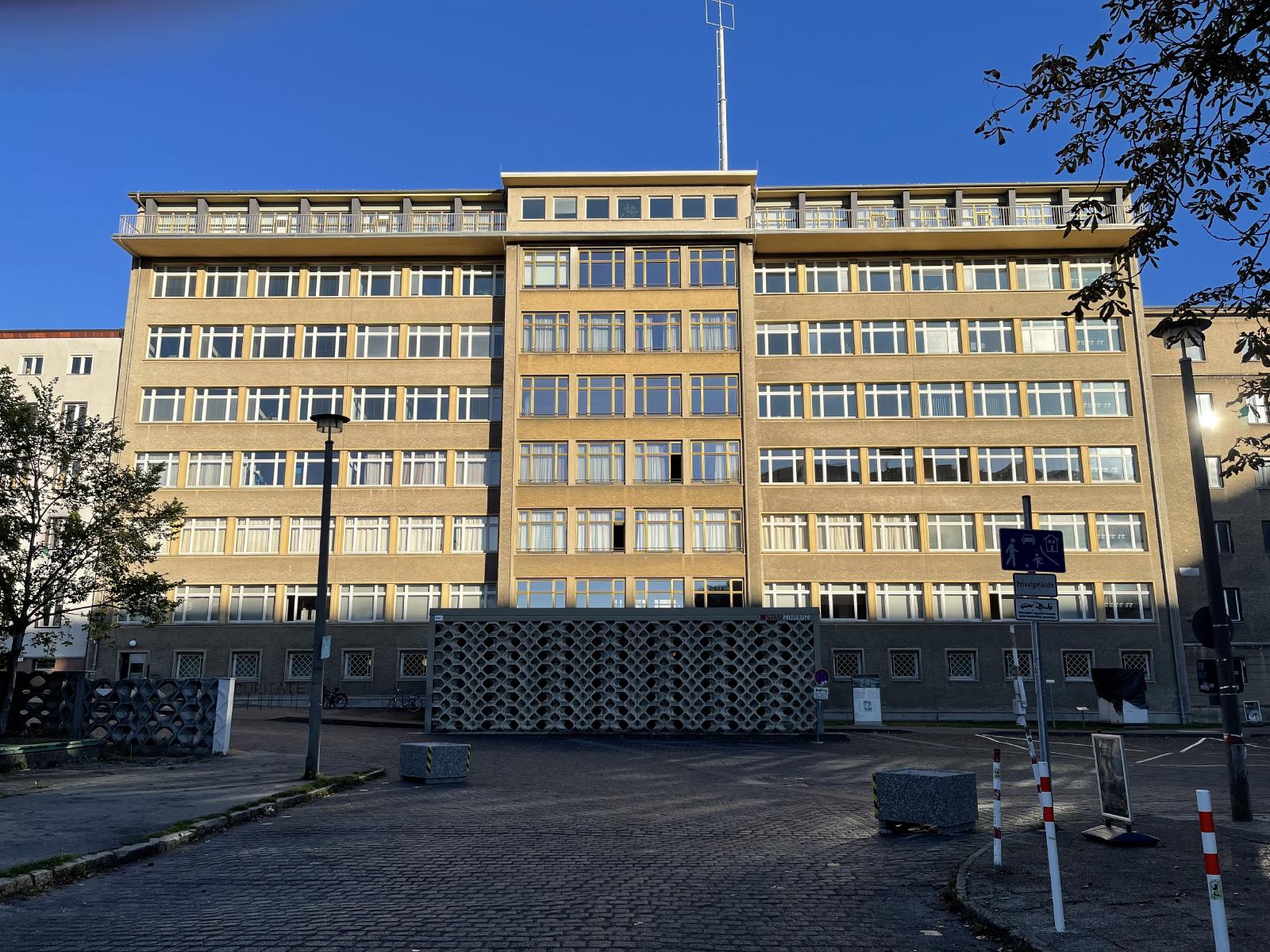
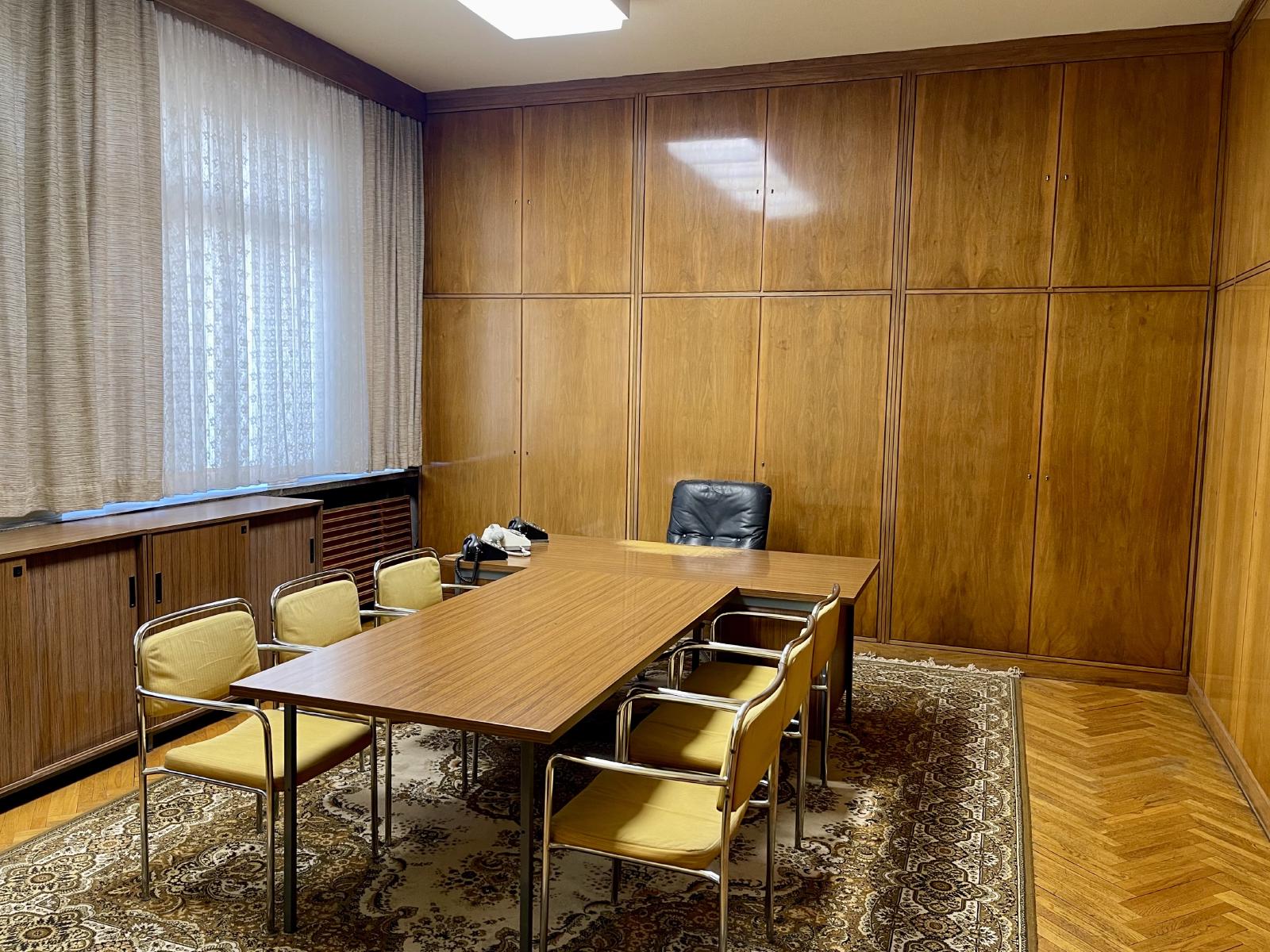
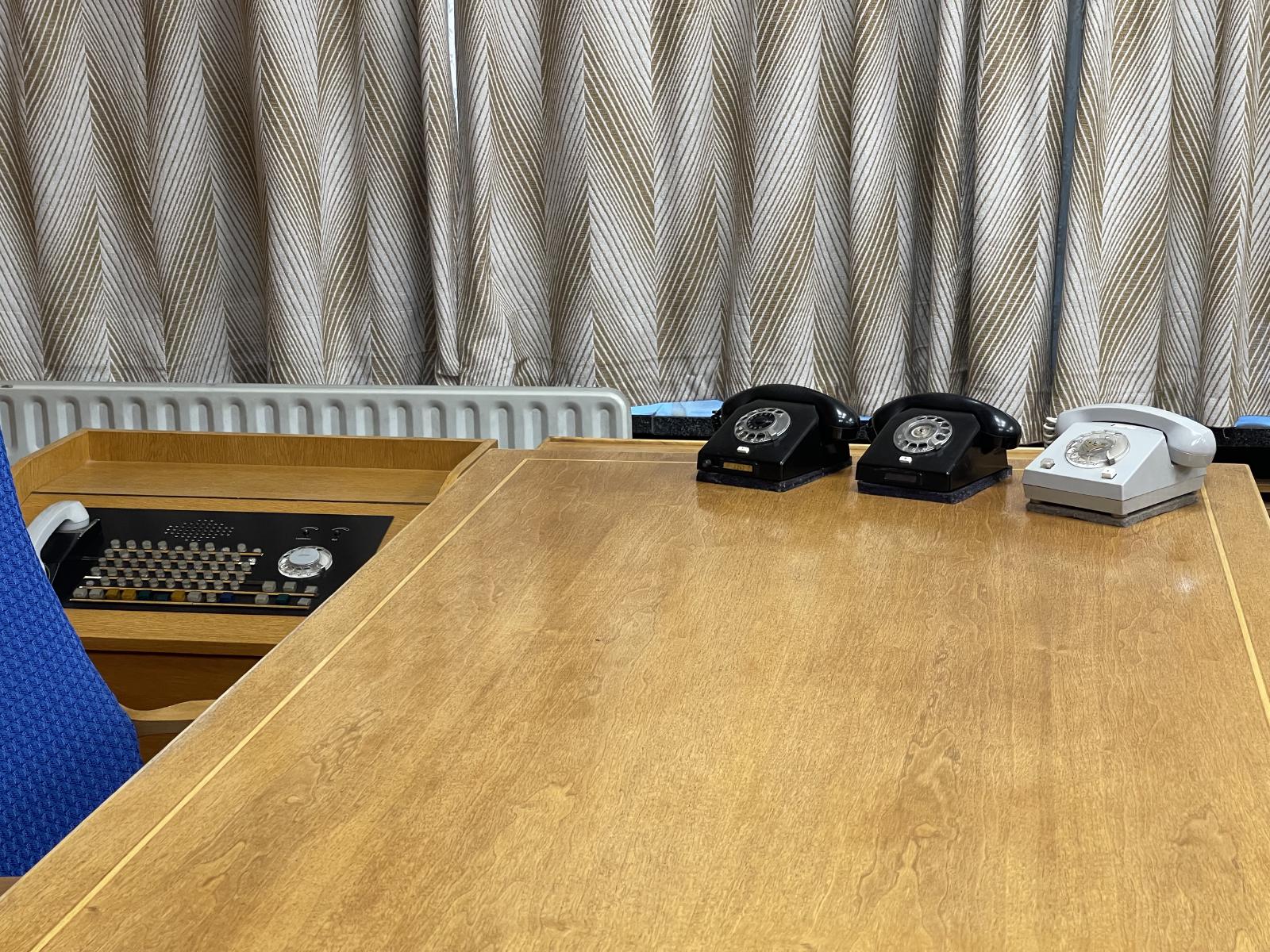
I finished the day with an early dinner of lentils, spätzle, and sausage like my Oma used to make. In a move of unspeakable decadence, I topped it off with Kaiserschmarrn.
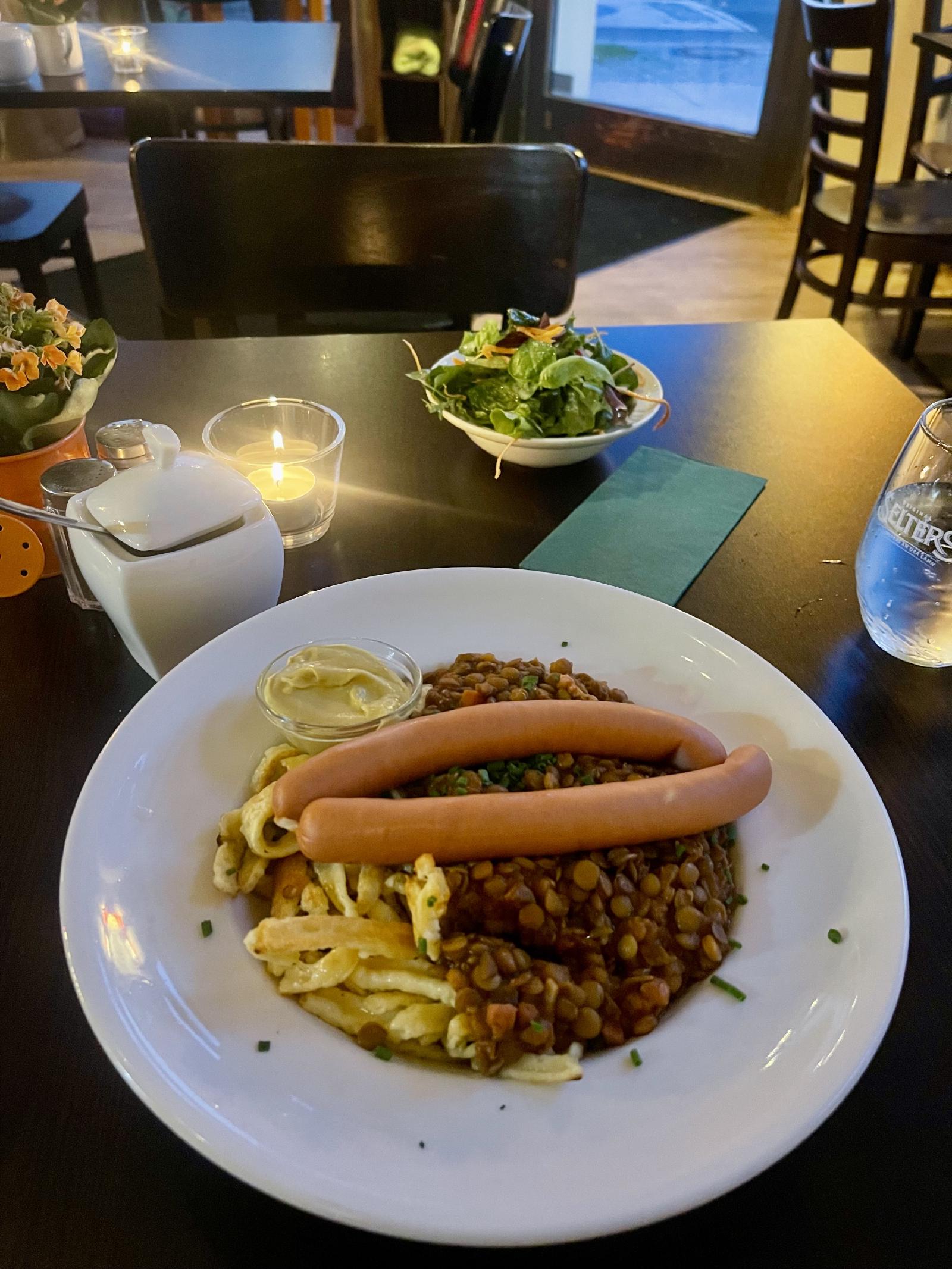
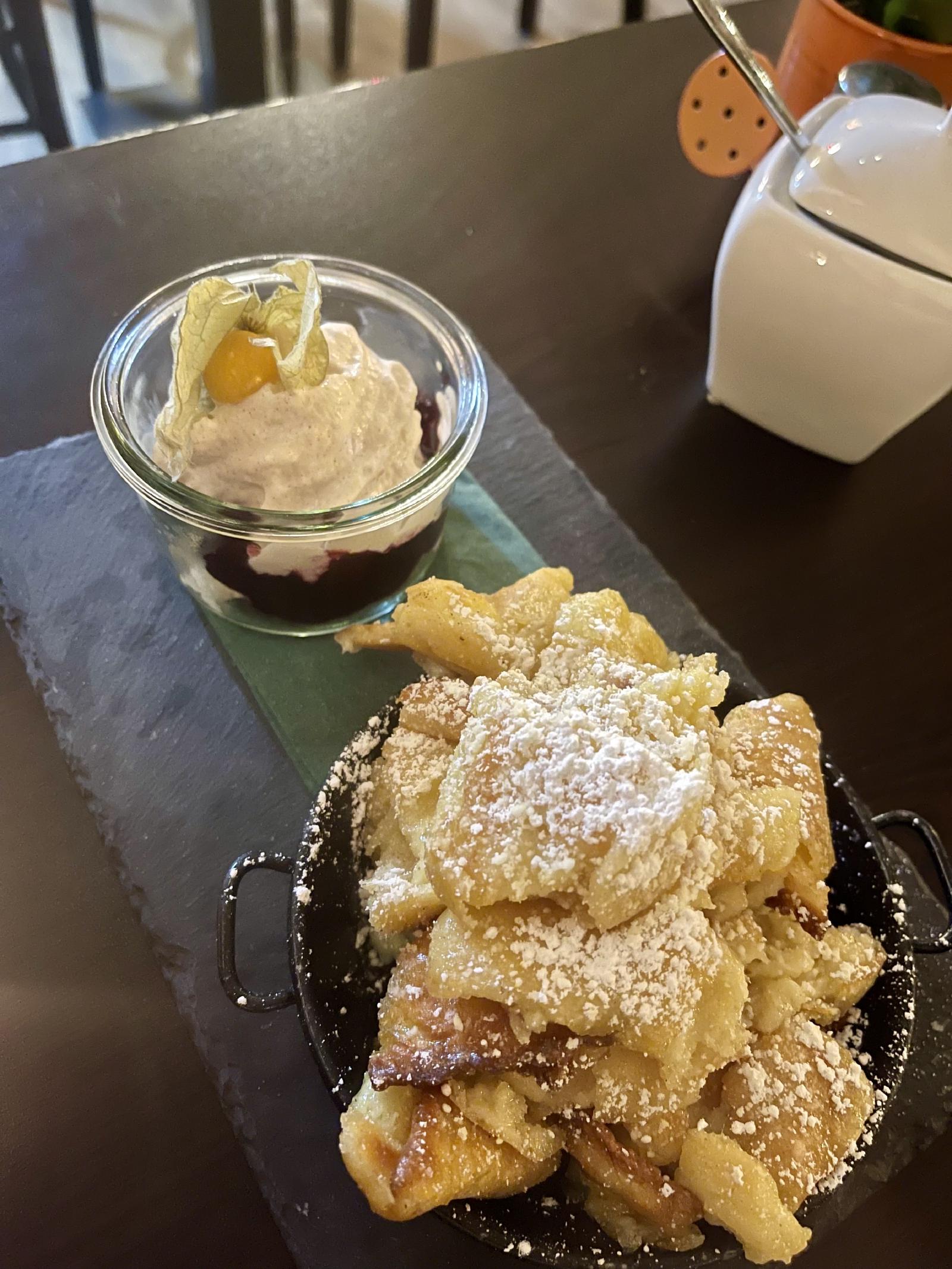
Monday
Got to lead a full-day workshop with a new OKR client. They were good sports who played all my weird games and also set some excellent OKRs for 2026.
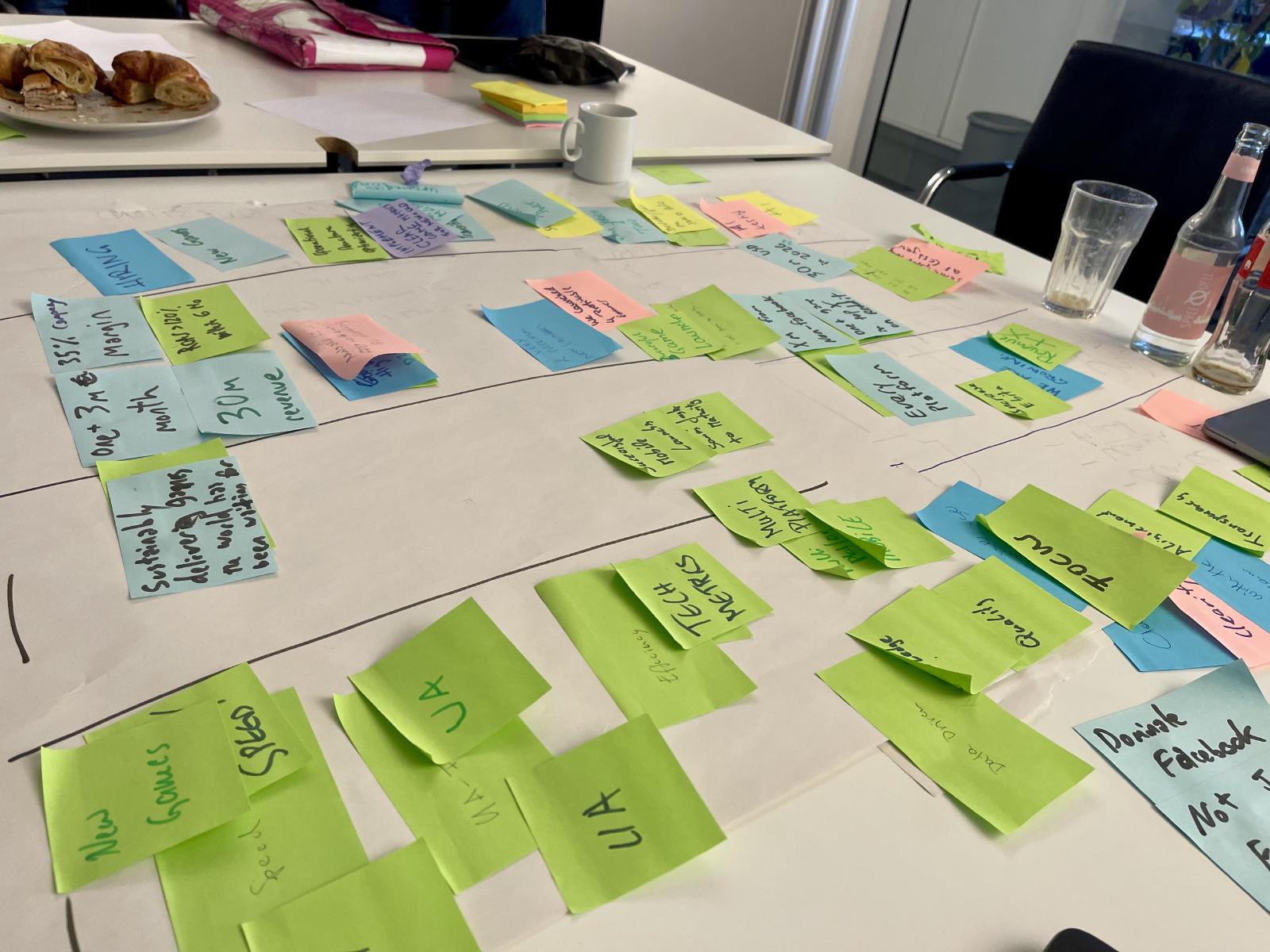
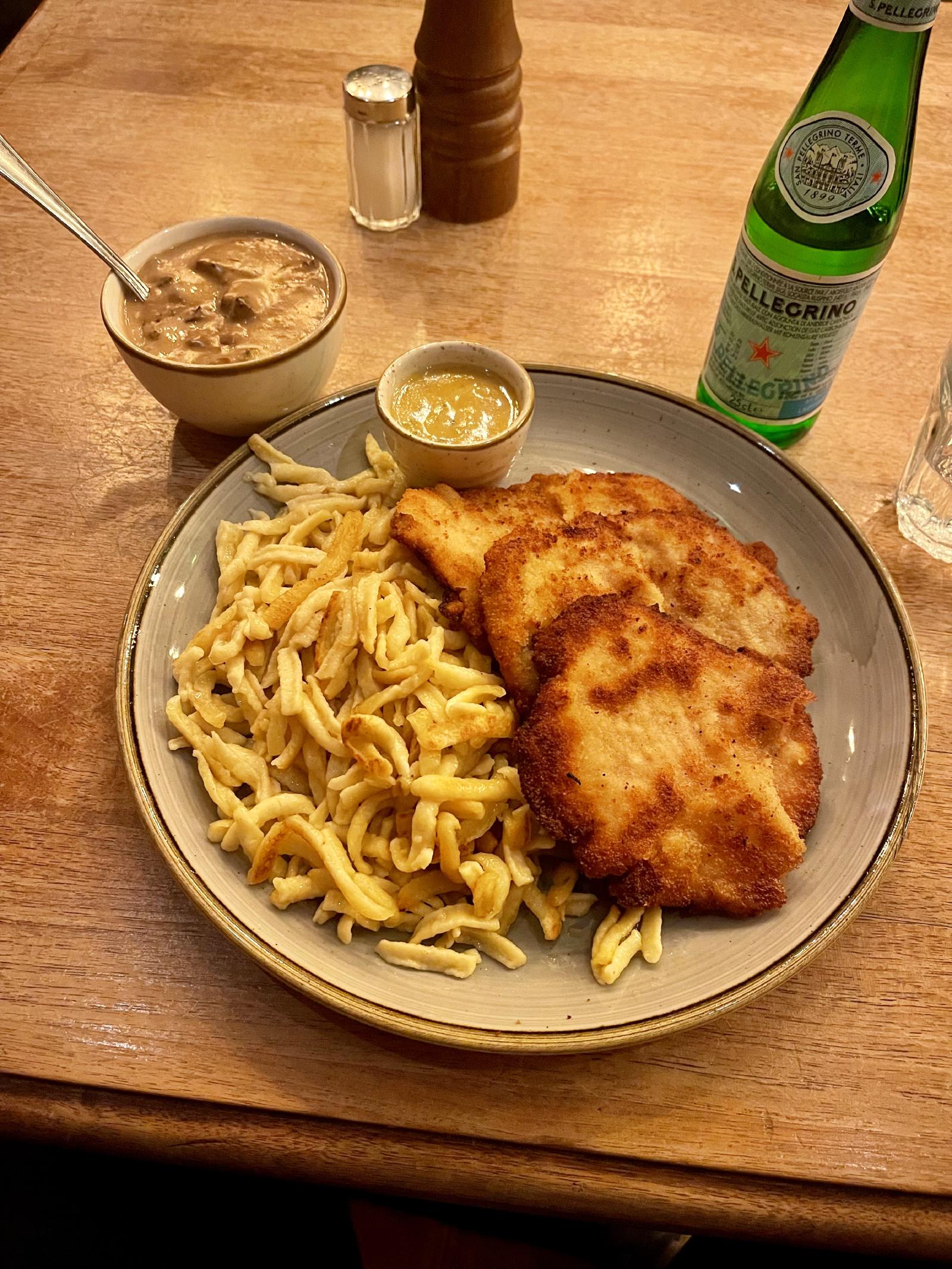
Tuesday
“Kunst ist schön, macht aber viel Arbeit.” (Art is beautiful, but it takes a lot of work.) —Karl Valentin
On my last morning, based on a recommendation from my client, I visited the Neue Nationalgalerie in its beautiful new modernist building. Among plenty of other wonderful works from their permanent collection and an exhibition of Gerhard Richter, I saw a fantastic Lygia Clark retrospective. I’d seen her work once before at Tate Modern but this went much further and deeper. She had such a beautiful way of combining architecture and space and materials and objects and creating participatory experiences and even a kind of therapy based on what she called Objetos Relacionais (Relational Objects)" that she would place on clients’ bodies and invite them to interact with to help them process trauma and related psychological stress and ailments.
I loved her bichos (critters) which were small sculptures designed to be manipulated by the viewer. One installation offered the experience of creating and cutting up a mobius strip. Another inhabitable installation with multiple chambers called A Casa é o Corpo (The House is the Body) sought to recreate the experience of conception, gestation, and birth for the visitor. A set of masks altered the wearer’s senses (e.g. by small eye slits, ear covers, and special smells like cloves) and changed their perception of reality.
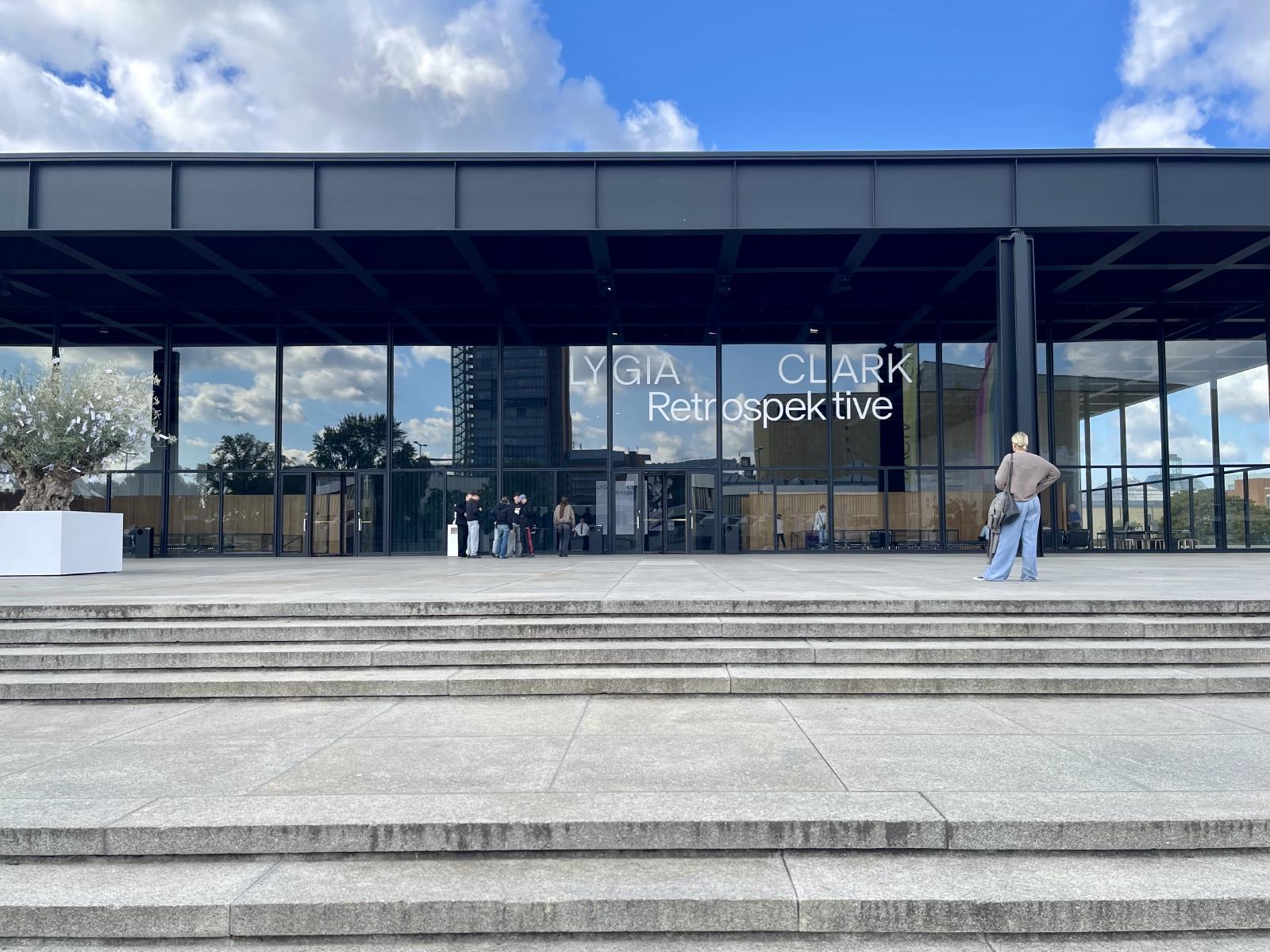
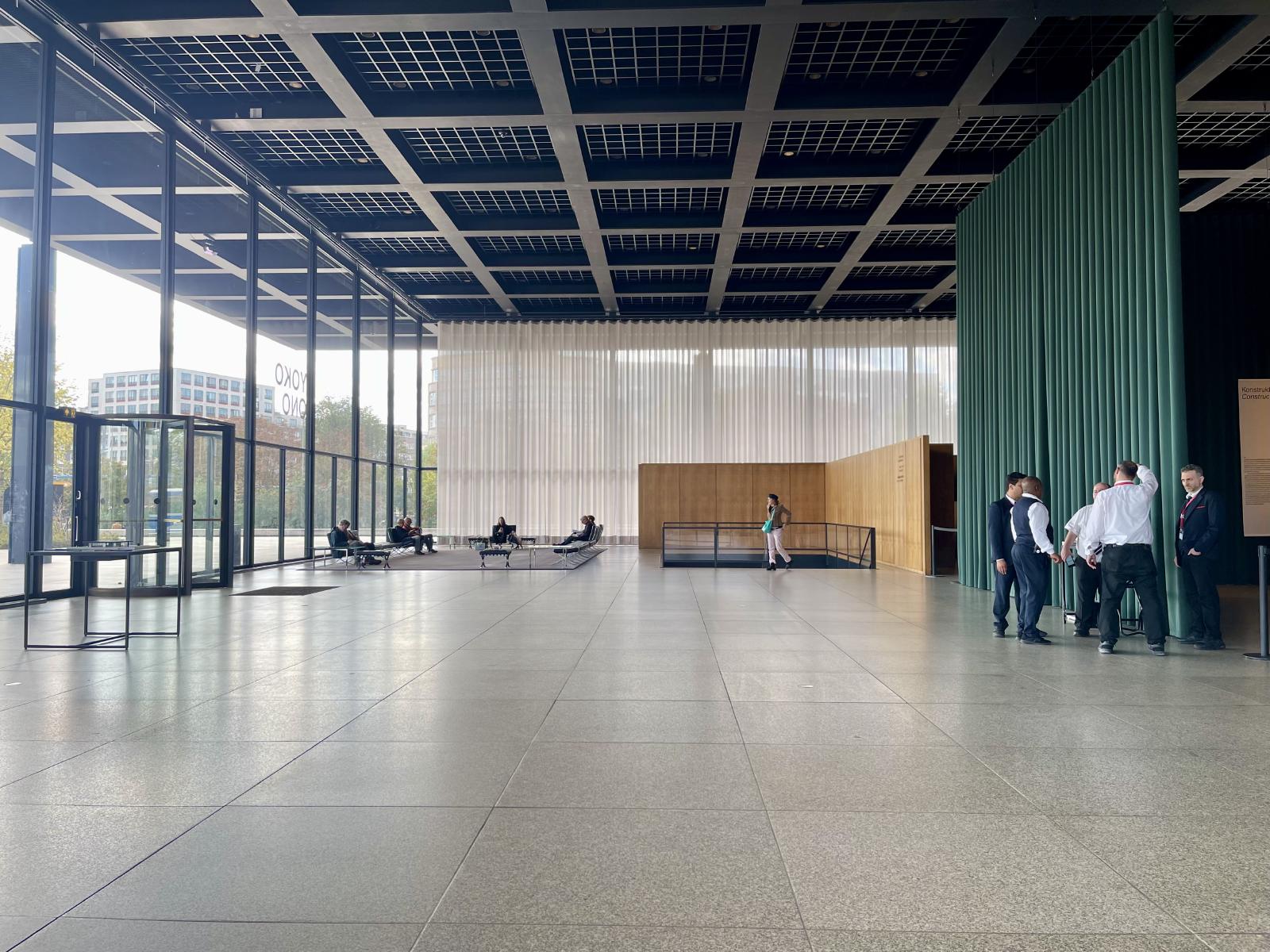
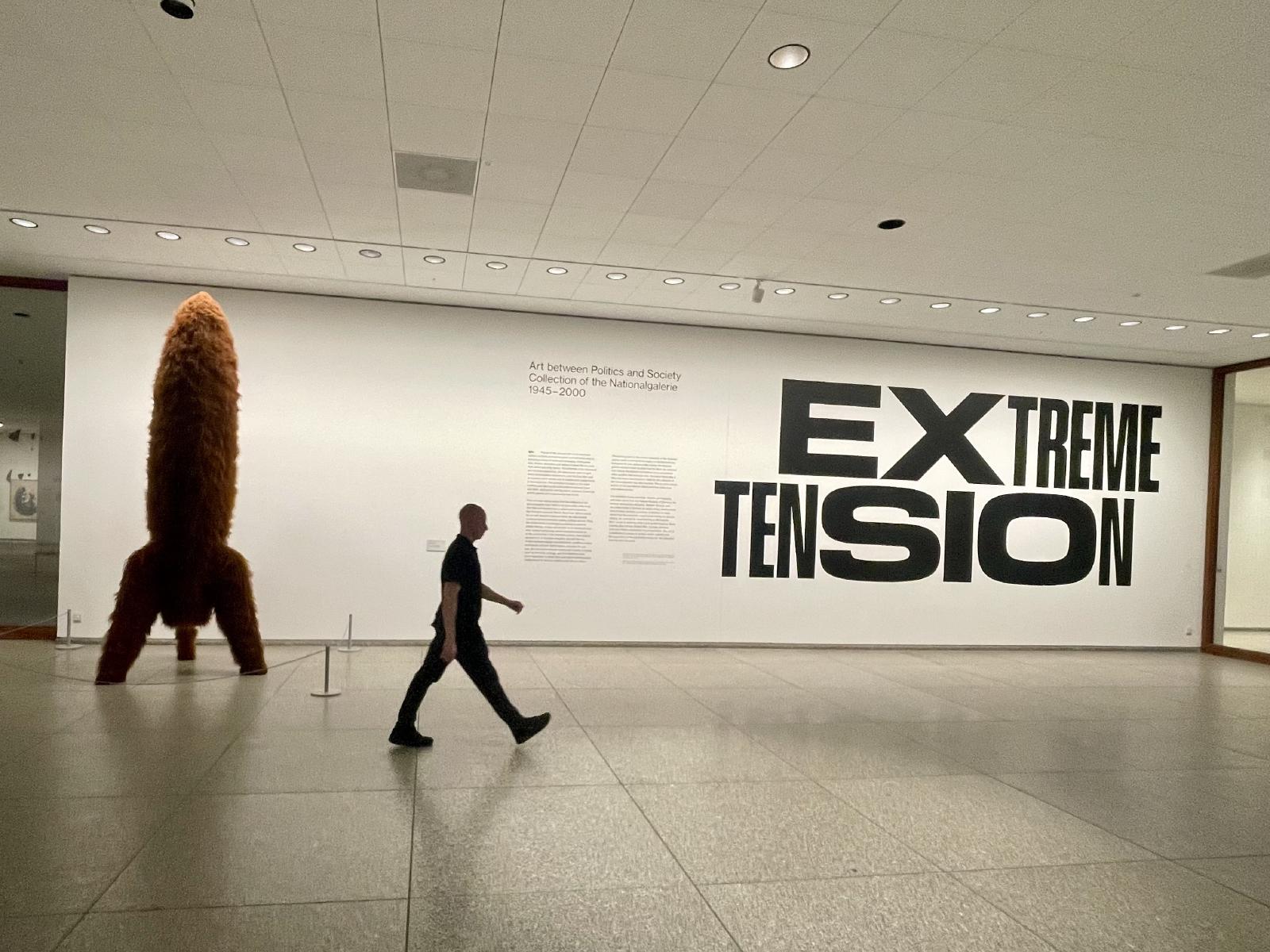
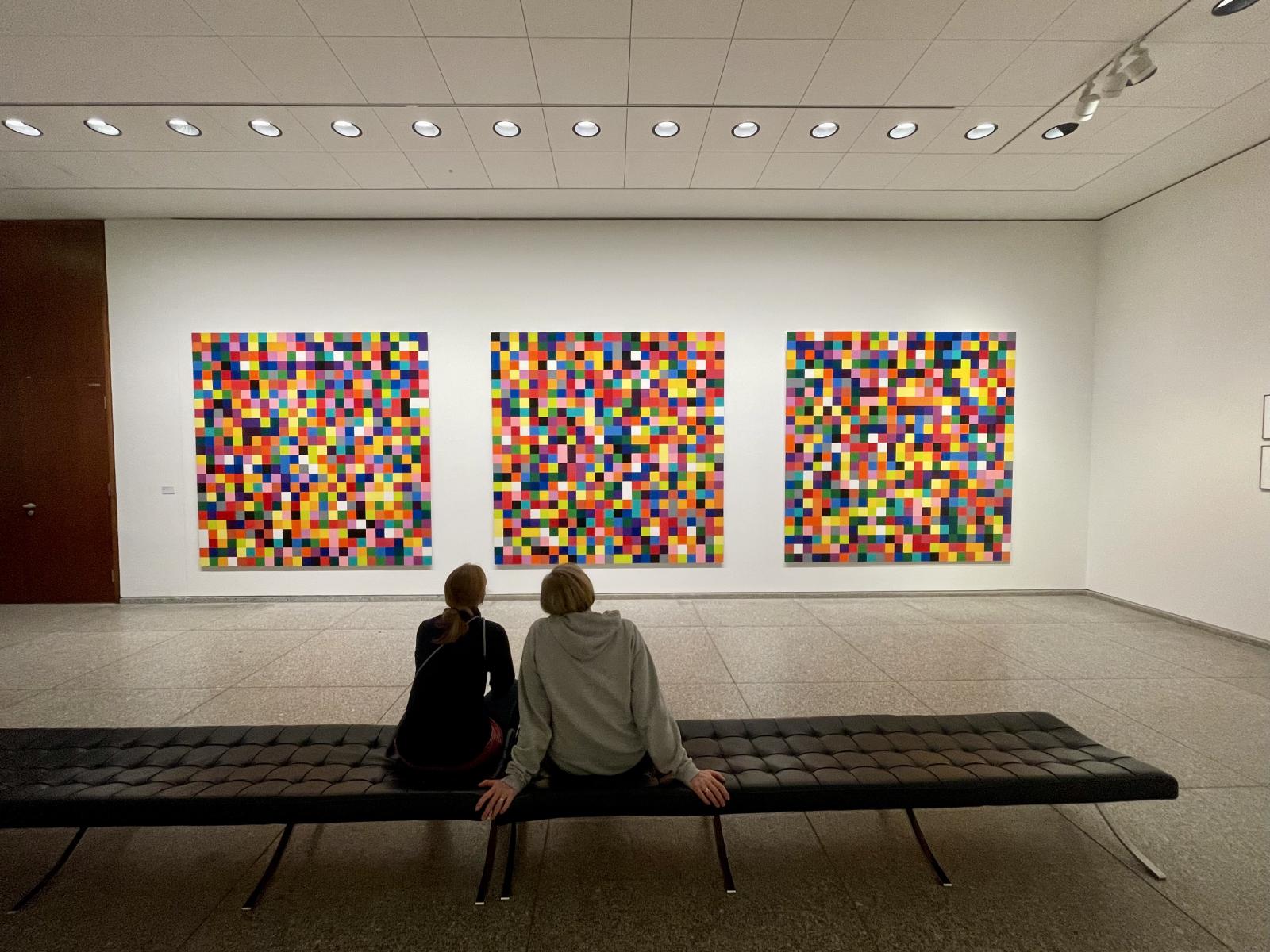
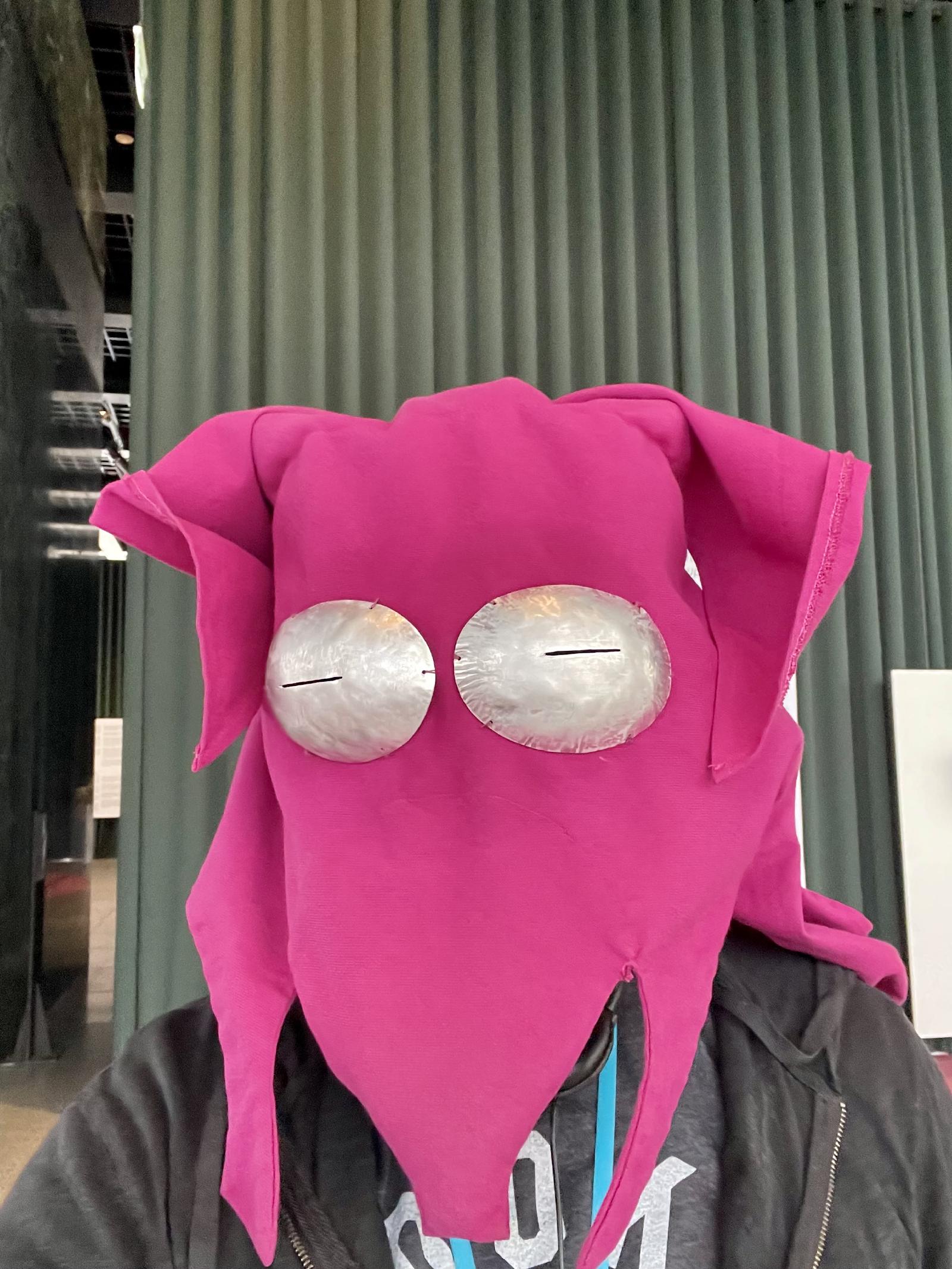
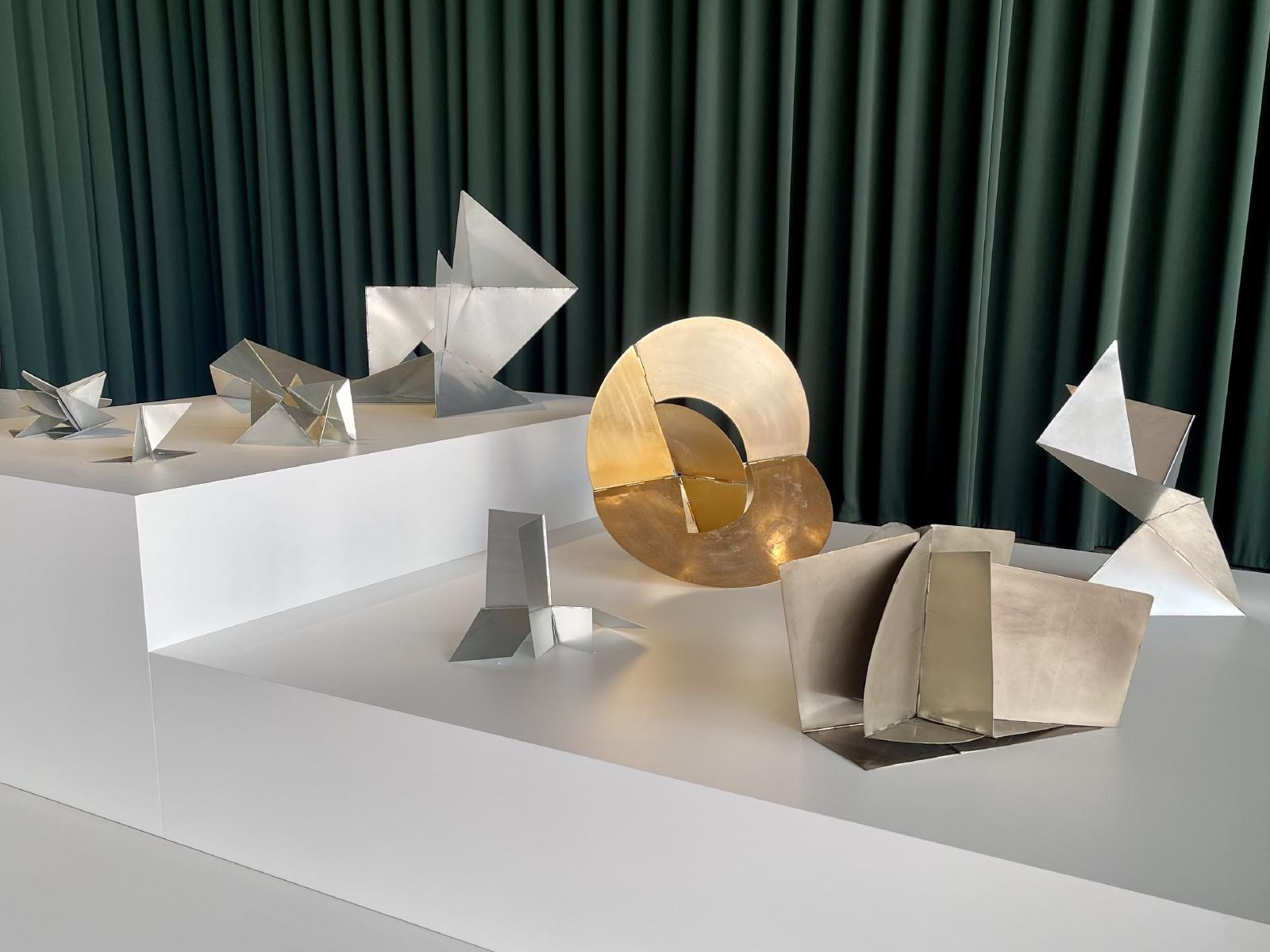
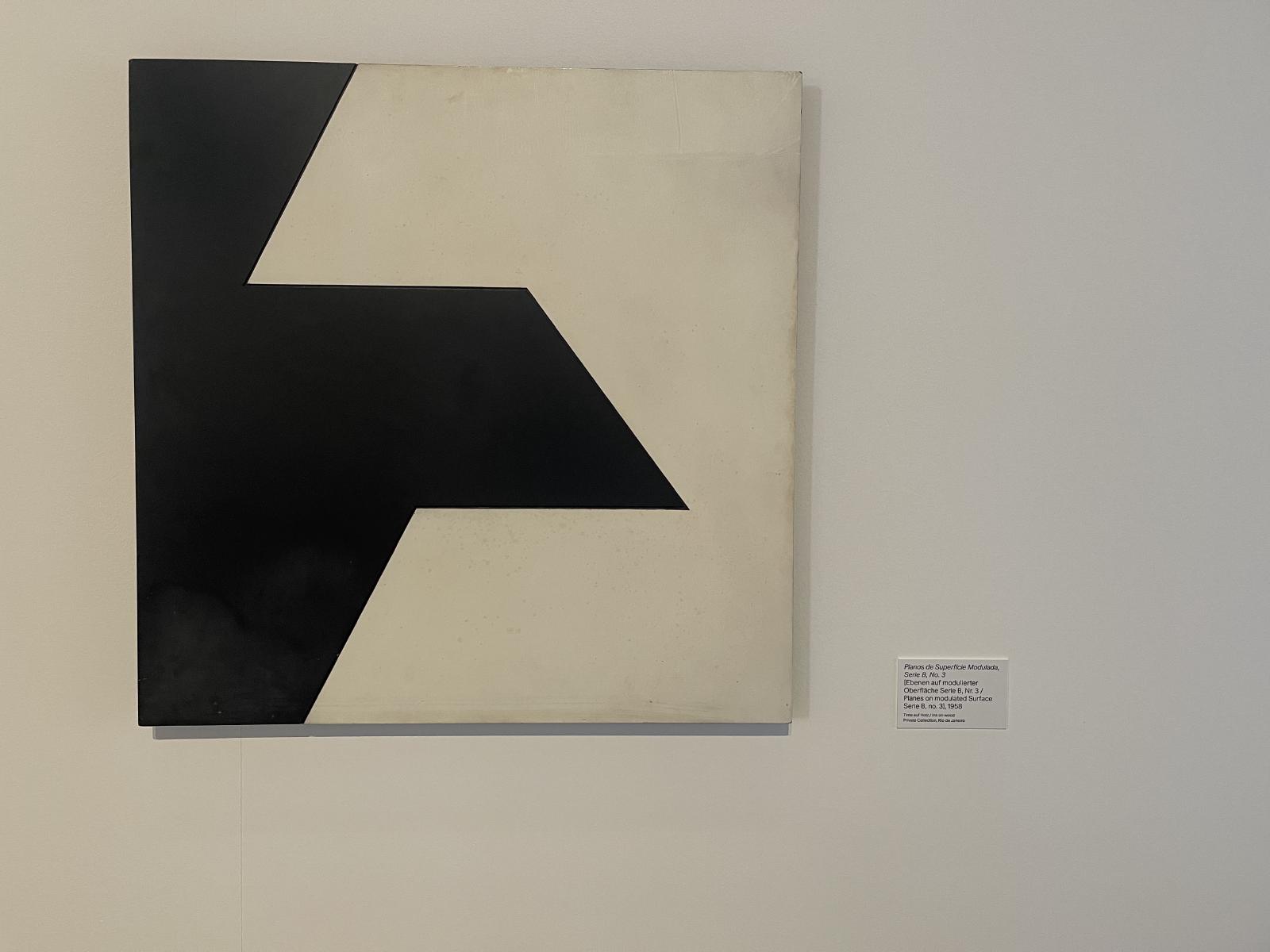
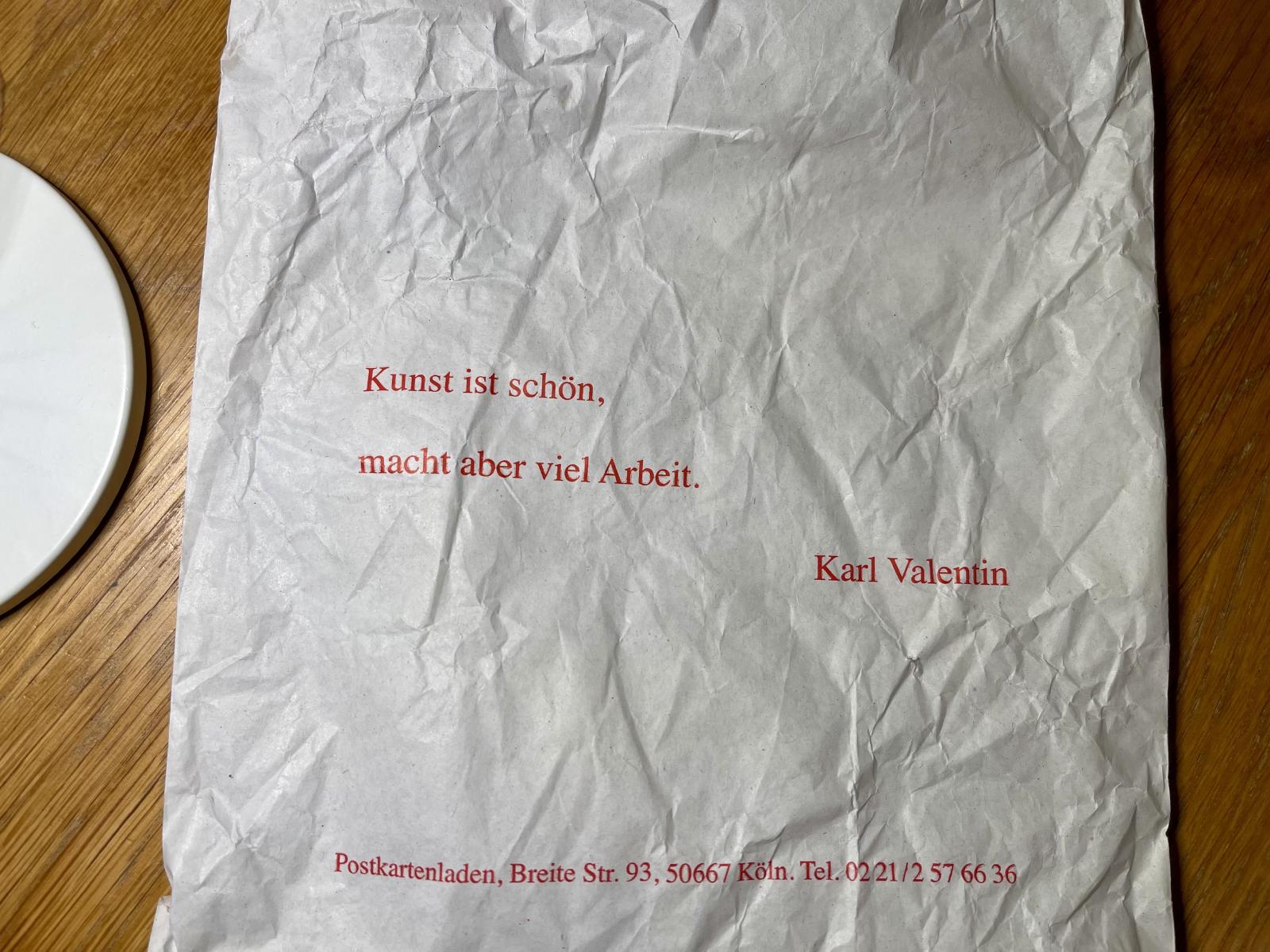
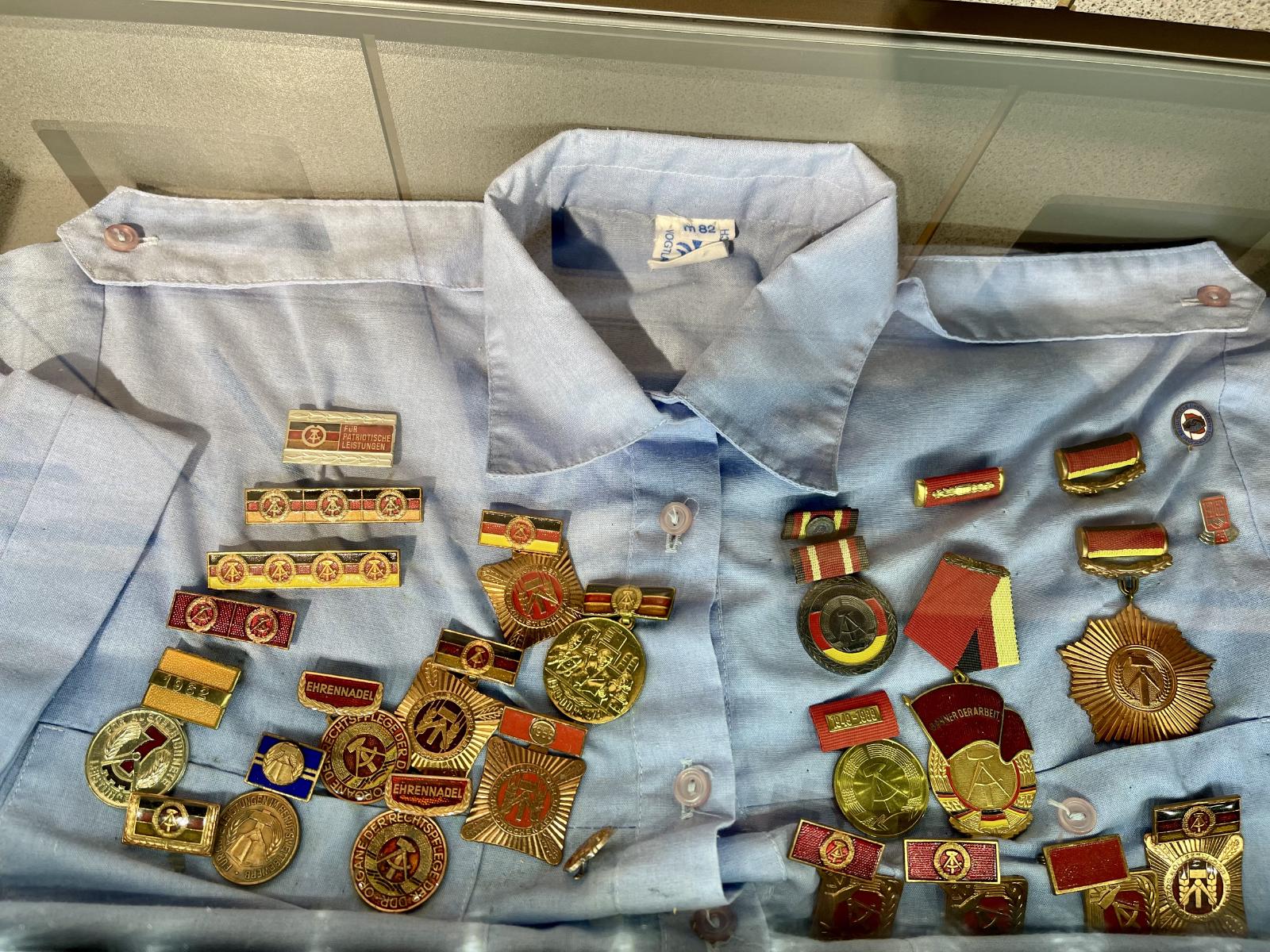
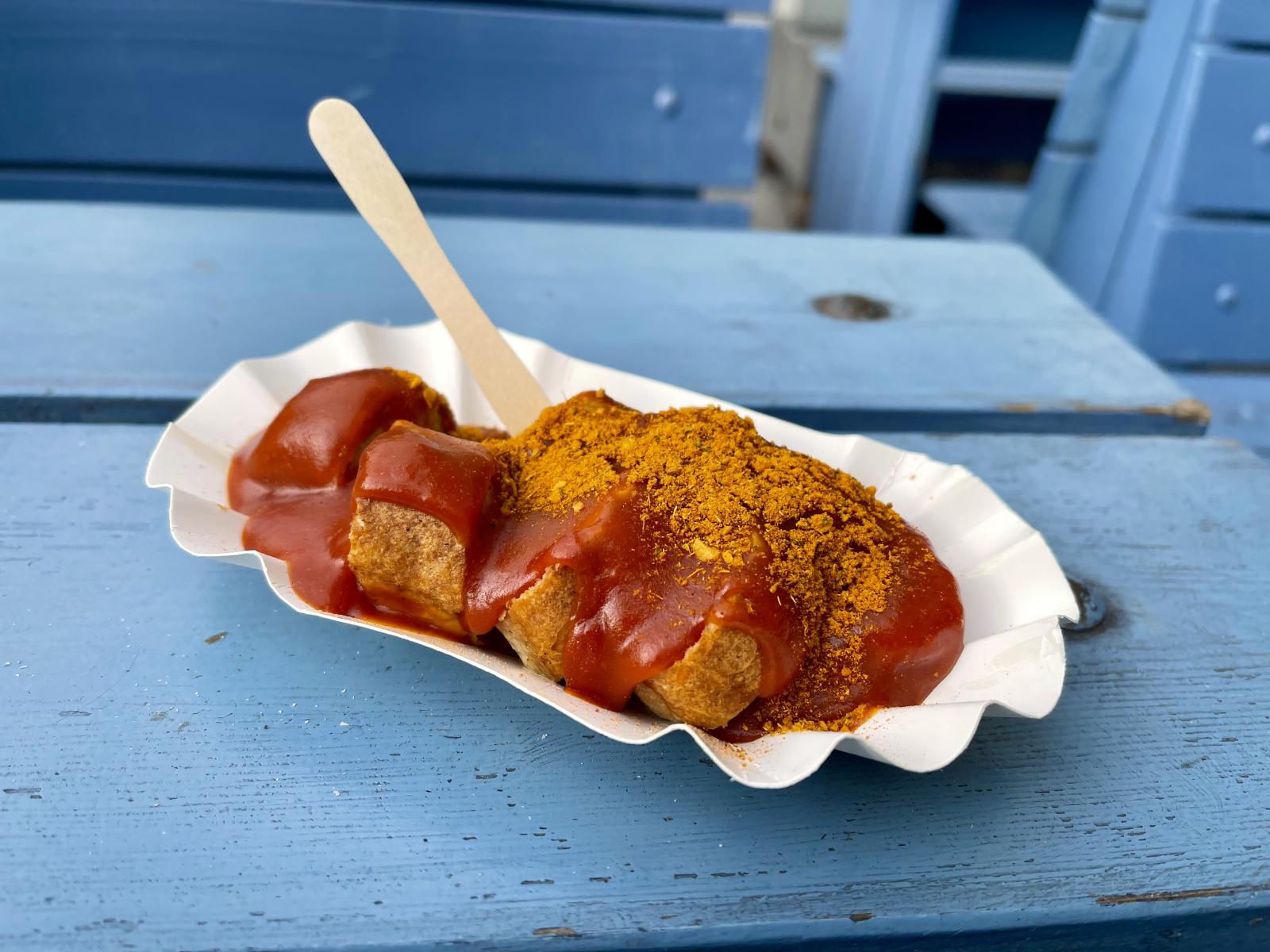
I finished up with a quick trip to the DDR museum by the river where the highlight was a detailed reconstruction of a DDR-era apartment with fully stocked wardrobes, cupboards, and drawers that you could open and explore. I zipped back to the hotel to grab my suitcase, took one last stroll through Alexanderplatz and caught the S-Bahn to the airport and then home.
« Week Notes 2024 07 12 | Hamnet Premiere »